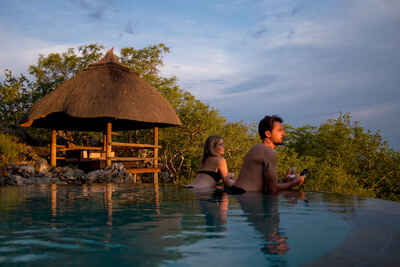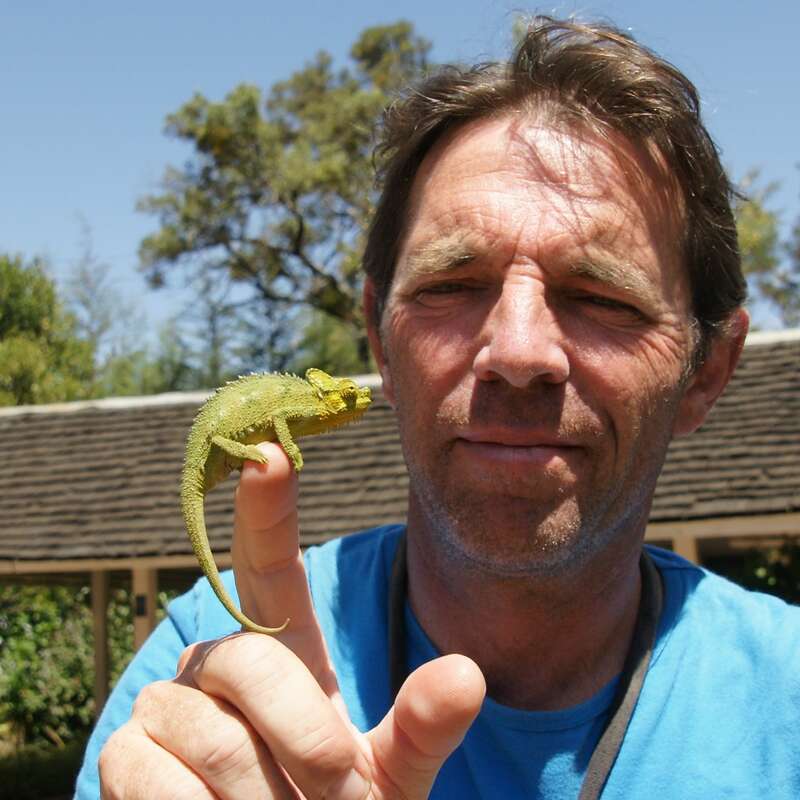About Little Ongava
Little Ongava is the super-luxurious, exclusive sibling of Ongava Lodge and sits within the same private ...
... 300km² reserve on the southern boundary of Namibia’s Etosha National Park. Set on the crest of a hill the lodge commands stunning views of the reserve which is home to a wide range of wildlife, including lion and rhino.
The three opulent suites here offer very high levels of comfort, and make Little Ongava a great choice if you are looking for a very luxurious safari experience. In fact, the rooms are so lavish that we found it hard to tear ourselves away to go on a game drive – even if, in the end, it was worth leaving for the pride of lions that we found, as well as the variety of other game spotted.
Our view
The three opulent suites here offer very high levels of comfort, and make Little Ongava a great choice if you are looking for a very luxurious safari experience. In fact, the rooms are so lavish that we found it hard to tear ourselves away to go on a game drive – even if, in the end, it was worth leaving for the pride of lions that we found, as well as the variety of other game spotted.
Accommodation
3 suites
Children
Best for 14+
Open
All year
Activities

4WD Safari

Birdwatching

Guided walking safari

Night drive

Private activities
Traveller reviews of Little Ongava
26 real, un-edited reviews from Expert Africa's travellers.
Arrived 31 Jan 2025, 2 nights
"Little Ongava review"
Overall rating: Excellent
Arrived 22 May 2023, 2 nights
"Little Ongava review"
Overall rating: Excellent
Arrived 3 Jun 2022, 2 nights
"The Epitome of Luxury in Namibia"
Overall rating: Excellent
Arrived 24 May 2019, 3 nights
"Little Ongava"
Overall rating: Excellent
Arrived 9 Aug 2018, 2 nights
"Very luxurious and lovely reserve"
Overall rating: Excellent
Arrived 16 Sep 2017, 3 nights
"Little Ongava review"
Overall rating: Excellent
Arrived 17 Sep 2017, 1 nights
"Heaven"
Overall rating: Excellent
Arrived 23 Jul 2017, 2 nights
"Little Ongava review"
Overall rating: Excellent
Arrived 20 May 2017, 3 nights
"Wonderful stay at Litlle Ongava!"
Overall rating: Excellent
Arrived 16 Nov 2016, 2 nights
"Little Ongava review"
Overall rating: Good
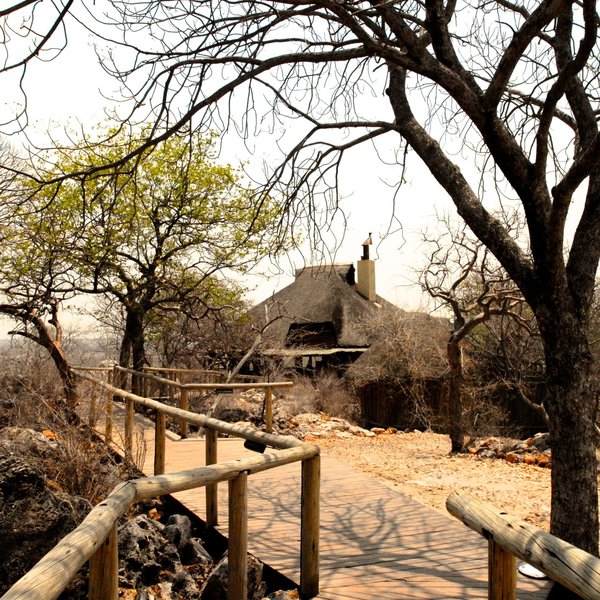
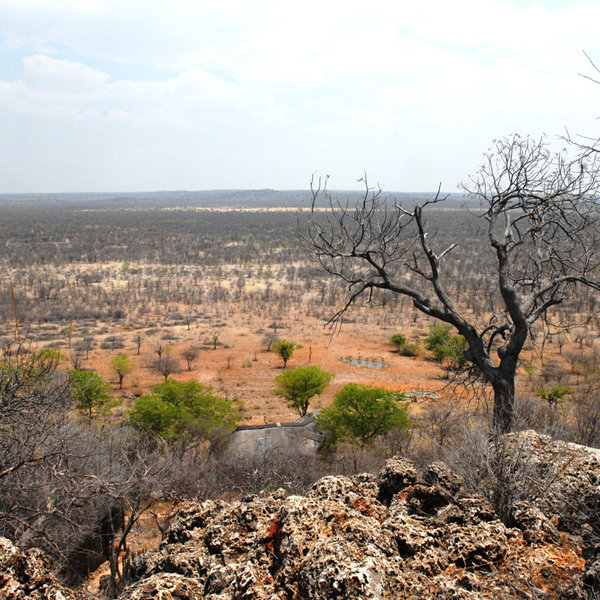
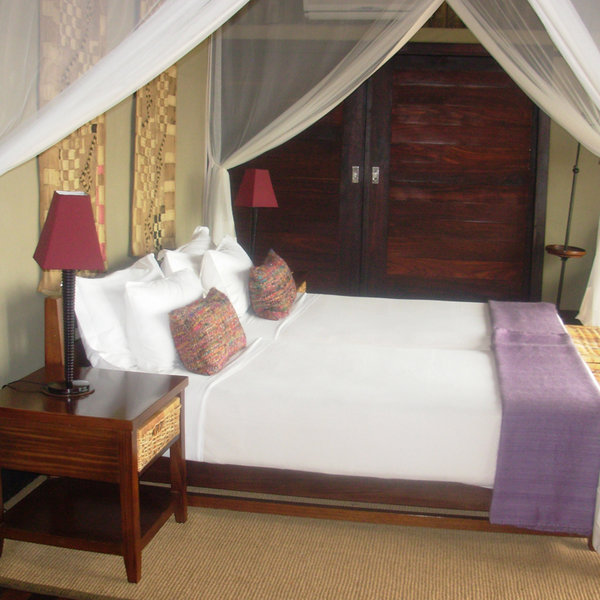
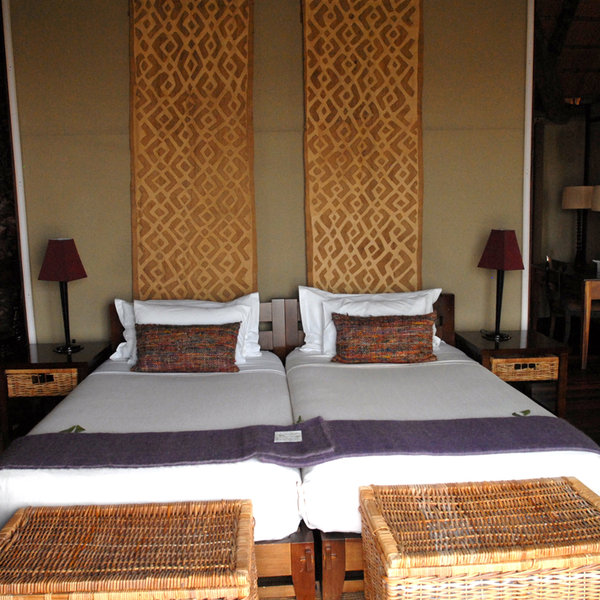
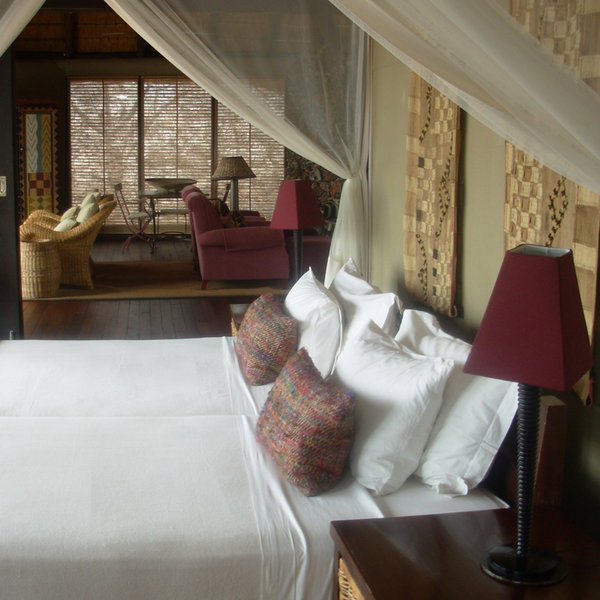
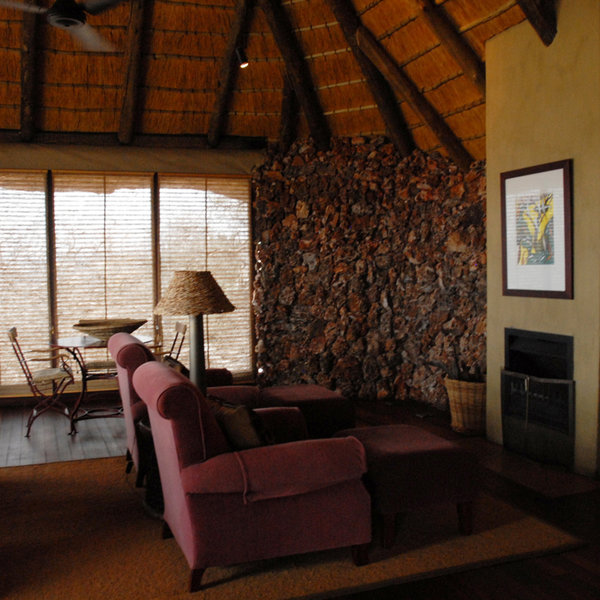
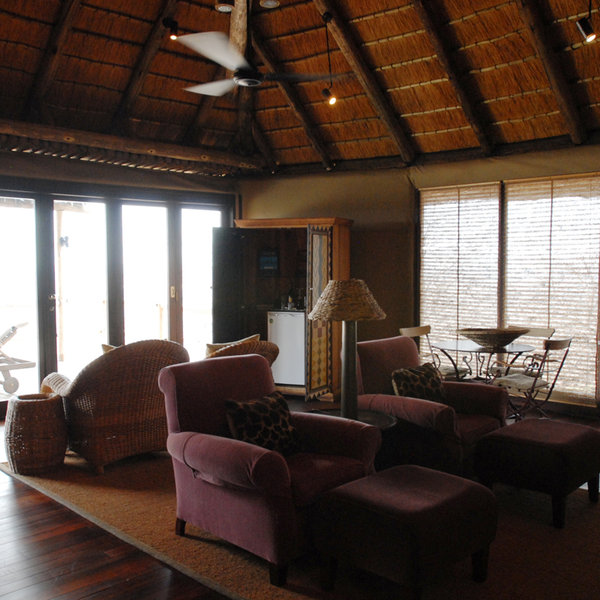
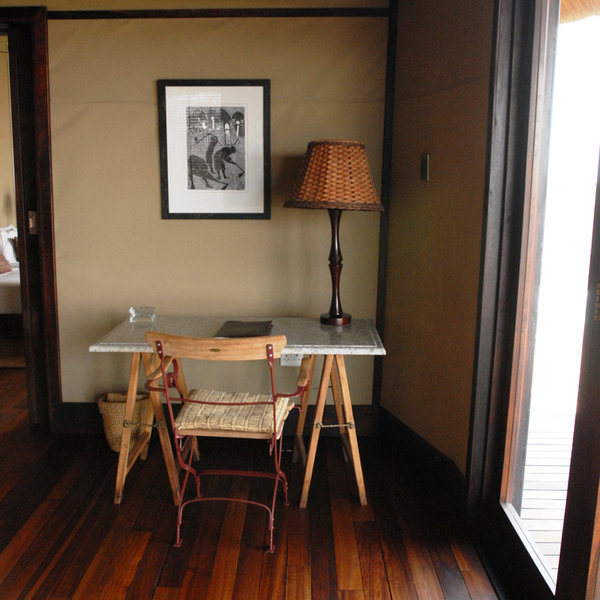
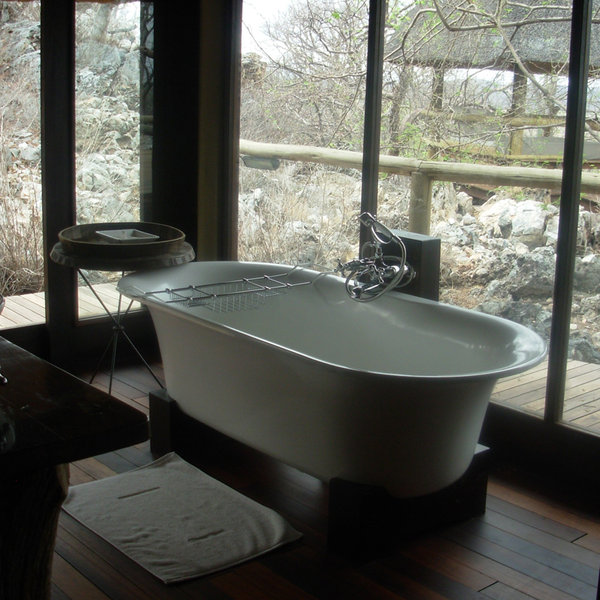
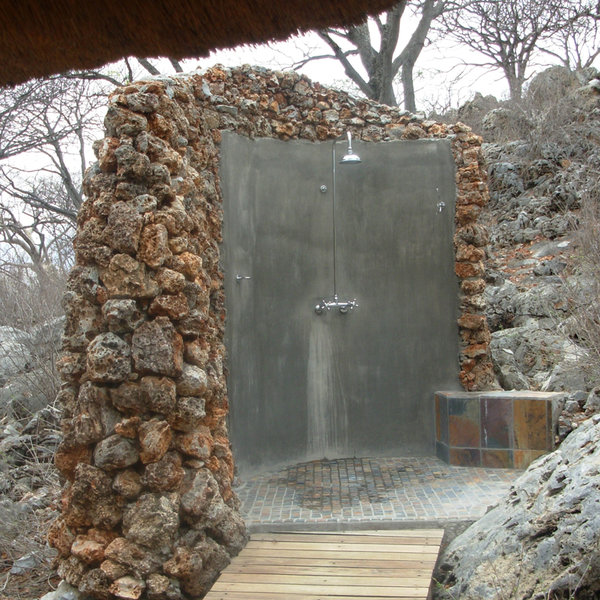
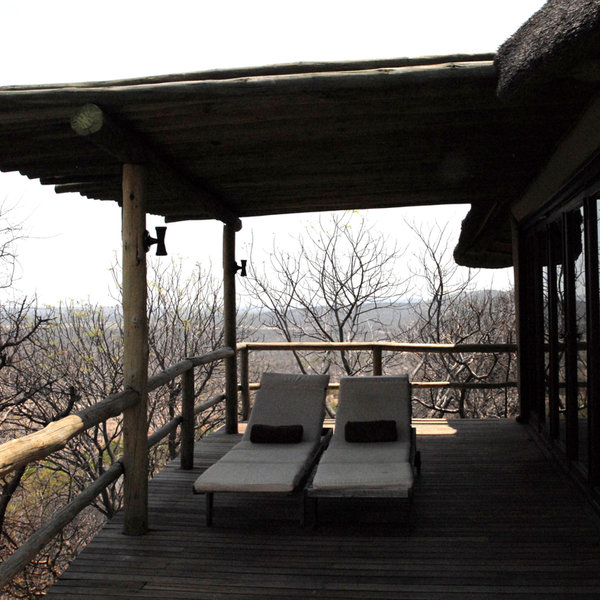
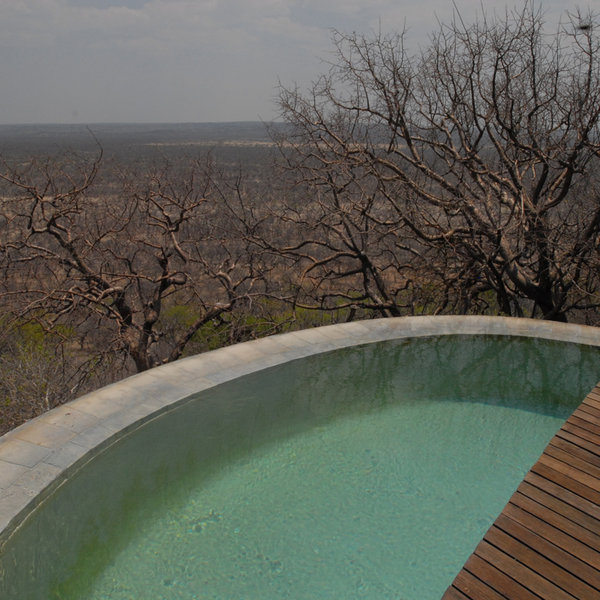
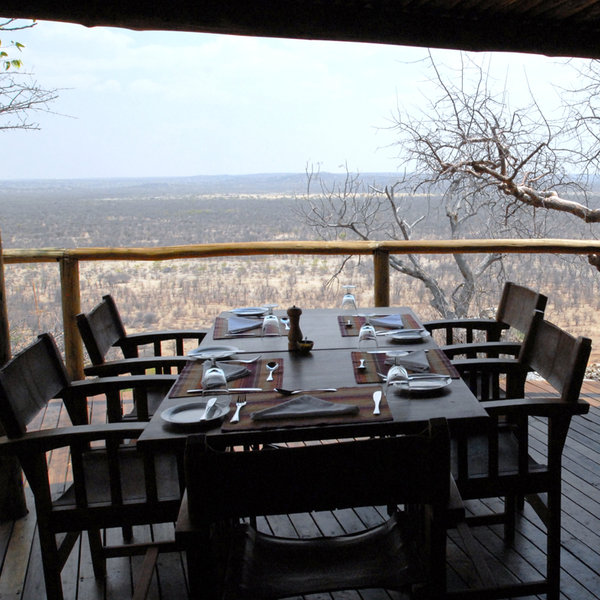
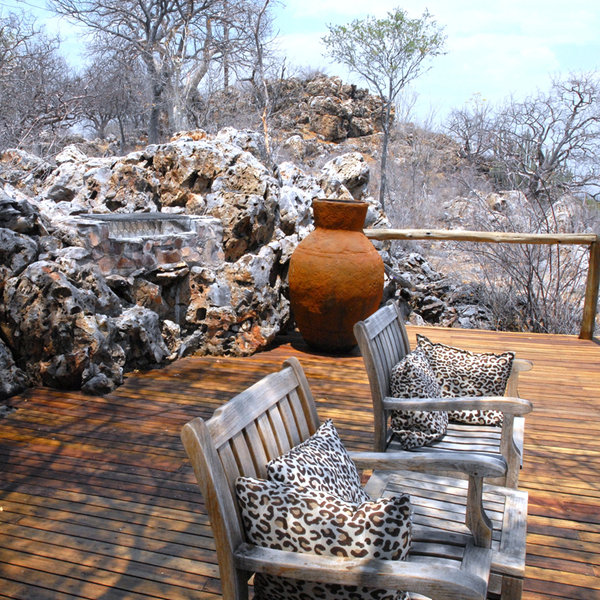
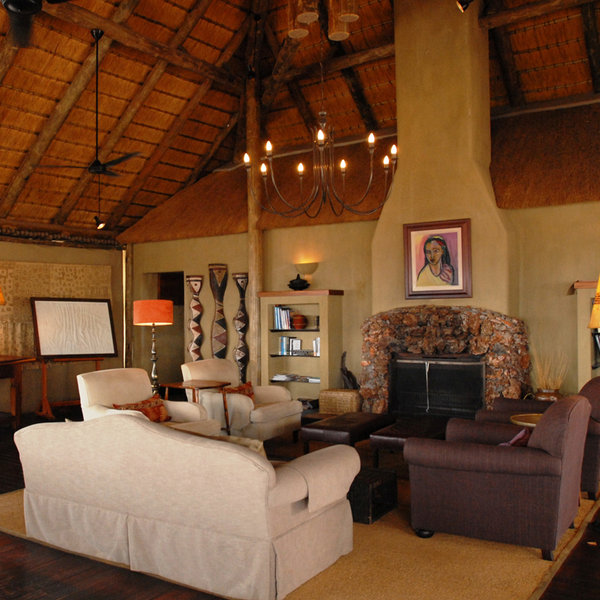
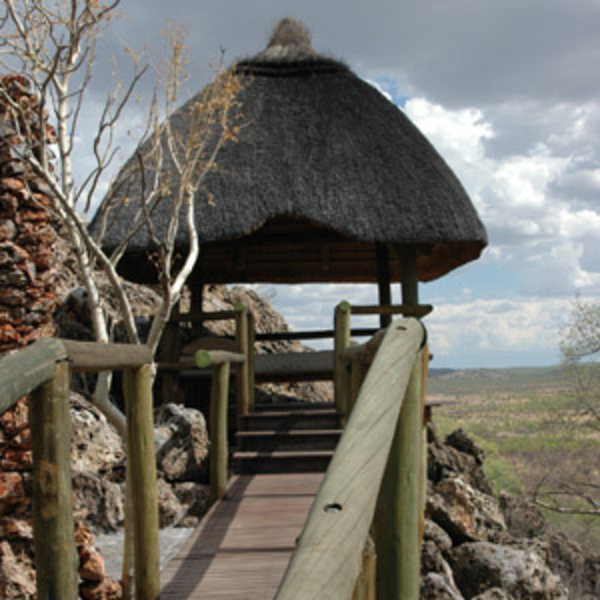
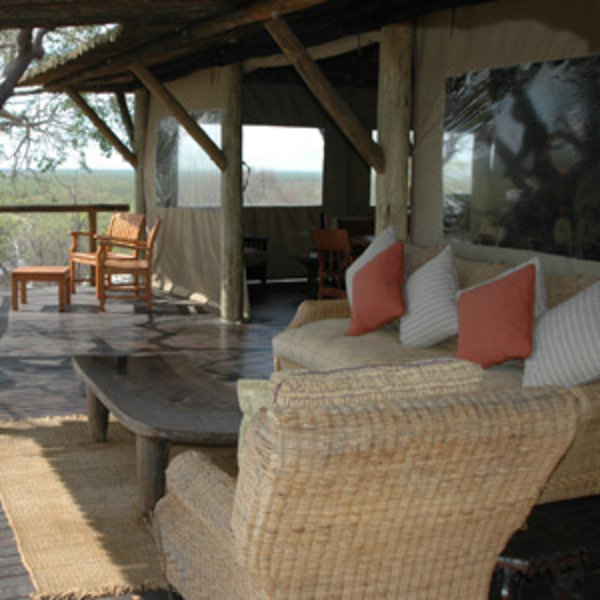
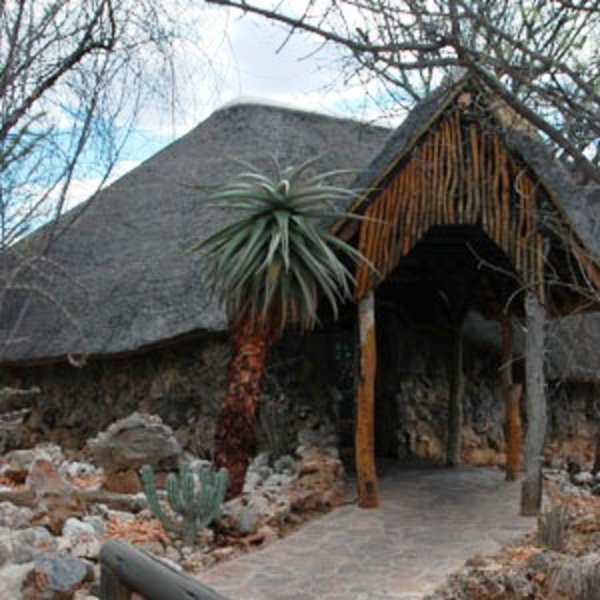
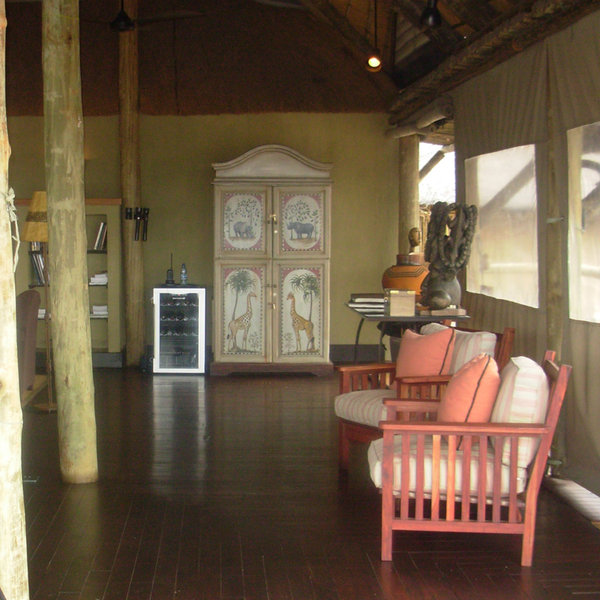
Expert Africa's gallery
When we travel we take lots of photos ourselves to give you a real and un-edited view of the safaris. See our 40 pictures of Little Ongava to get the candid view.
View gallerySafaris visiting Little Ongava
Just ideas, we'll always tailor-make a trip for you
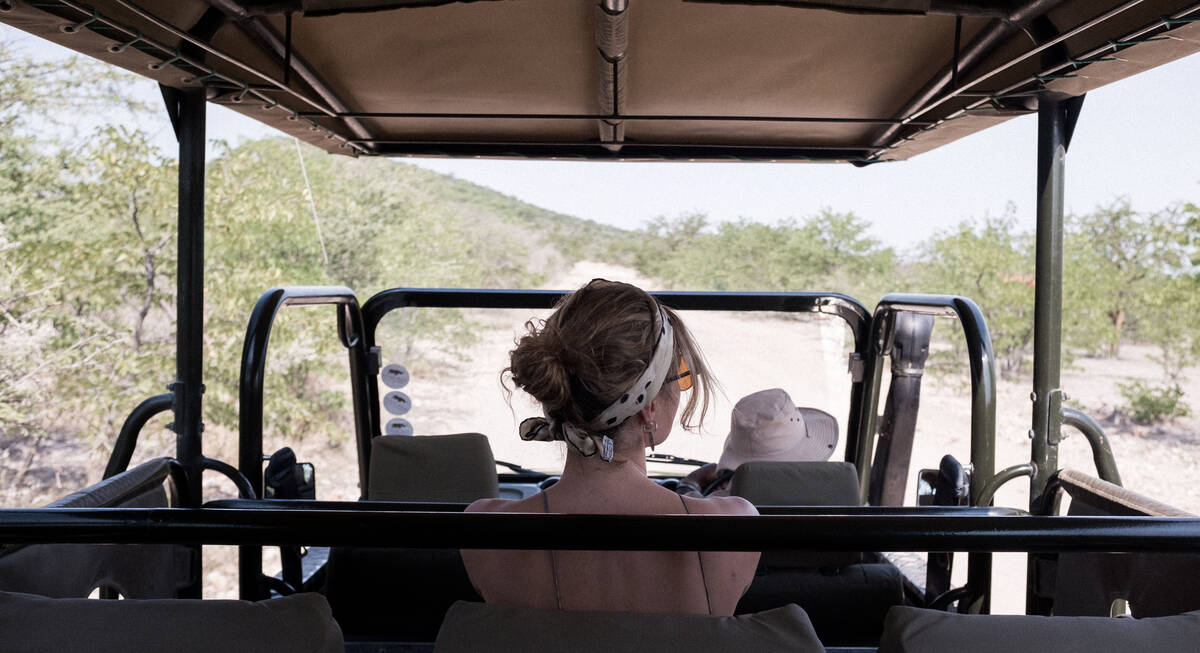
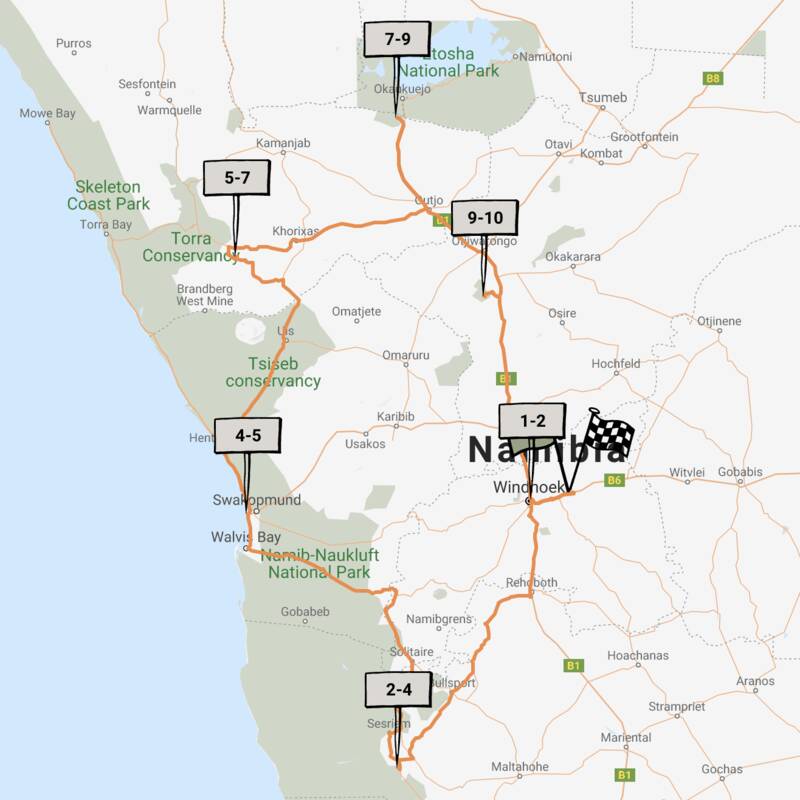
Rock Agama Self-drive Safari
9 days • 6 locations • 1 country
WINDHOEK AIRPORT TO WINDHOEK AIRPORT
Big on experience and light on time, this self-drive trip packs in Namibia’s highlights while staying in a selection of luxury camps and lodges for an unforgettable 10 days.
Visiting Okonjima, NamibRand and 4 other areas
US$9,920 - US$14,770 per person
Little Ongava: Our full report
Little Ongava is the super-luxurious, exclusive sibling of Ongava Lodge and sits within the same private ...
... 300km² reserve on the southern boundary of Namibia’s Etosha National Park. Set on the crest of a hill the lodge commands stunning views of the reserve which is home to a wide range of wildlife, including lion and rhino.
Although only a short walk away from Ongava Lodge, Little Ongava sits on the crest of a hill so feels very separate and operates as an entirely self-contained camp. With just three large suites Little Ongava is a very exclusive hideaway. Each spacious stone-and-thatch suite is divided into three main areas, all cleverly lit and separated by a series of wooden sliding doors. The bedroom forms the centre of the room, and behind is a separate dressing room. To one side is the lounge, where comfortable armchairs face an open fireplace and drinks are kept cool in the minibar. Glass doors in the lounge and bedroom slide back for access to a private deck with spectacular views across the reserve, complete with its own plunge pool.
In a large bathroom, to the other side of the bedroom, a claw foot bath stands in front of a floor-to-ceiling window with a great view over the reserve. A central wooden plinth holds twin sinks and there is a separate toilet and indoor shower. A short walkway leads to an outdoor shower and a 'sala' or outdoor day bed. This is five-star safari luxury, complete with temperature-control air conditioning. Each room also has its own safe and mosquito nets over the bed.
Long wooden walkways wind around the rugged, rocky terrain and gnarly trees to each of the rooms. While there is some distance to walk, especially for tent three, this does help to make each room feel incredibly private. The walkway leads down the hill to the relaxed main thatched area. Here a large lounge furnished with a library and a stone fireplace and a bar stocked with the usual high quality wines and spirits, but also an impressive range of South African and Namibian distilled gins as well as some Namibian craft beers.
The lounge opens out onto a large viewing deck which overlooks a waterhole below. This is a great spot for a sundowner drink and on our last visit we watched a rhino and her calf come to drink, followed by two lions. Guests may dine under the sky or under the cover of a thatched roof. Ongava Lodge also has a small open-sided chapel that can be used for weddings.
Activities at Little Ongava can be carried out in the Ongava Private Reserve. While it doesn’t have the phenomenal herds of wildlife and vast salt pans of Etosha itself, the reserve does have over 25 lions, in excess of 2,500 head of game, and is one of the few places in Namibia with a reliable chance of seeing both white and black rhino. As this is a private reserve the wildlife viewing is a lot more exclusive than within the park, and there is also the opportunity to track rhino on foot with Ongava’s excellent guides, although it’s always recommended that this activity is booked in advance.
The entrance to the Ongava Reserve sits adjacent to the Andersson gate into Etosha, and morning drives normally head into the park, although visitors can also opt to sit in the photographic hide shared with Ongava Lodge, waiting quietly for animals to pass or drink from the waterhole.
Activities
4WD Safari
Birdwatching
Guided walking safari
Night drive
Private activities
Families & children
- Attitude towards children
- Children aged between eight and 12 years are welcome at Little Ongava provided that the family books and pays for a private vehicle and activities. Children over the age of 12 are considered adults.
- Property’s age restrictions
- No children under eight.
- Special activities & services
- There are a few games in the lounge that children could play.
- Equipment
- None
- Generally recommended for children
- Little Ongava isn't a natural choice for families; the atmosphere is fairly adult, and there is little for young children to do. The open raised walkways are also not suited to children. For families with younger children we would recommend the larger and more informal Andersson's Camp – Little Ongava's sister camp on the same reserve.
- Notes
- Children must be supervised at all times by their parents.
Food & drink
- Usual board basis
- Full Board & Activities
- Food quality
- The European-style food here is of a very high quality, and is very varied and imaginative. A sumptuous breakfast buffet is served at Little Ongava.
A light lunch is offered on the viewing deck. On our last visit this was mini vegetable quiches with a mixed salad followed by raspberry cheesecake.
Dinner consists of three courses of innovative and delicious food prepared to a high standard.
Tea and coffee are available all day, and cakes are served for afternoon tea. - Dining style
- Individual Tables
- Dining locations
- Indoor and Outdoor Dining
- Further dining info, including room service
- Yes
- Drinks included
- Beers, house wine, local spirits and soft drinks are included. Please note that champagne, imported wines or premium brands spirits are offered at an additional cost.
Our travellers’ wildlife sightings from Little Ongava
Since mid-2018, many of our travellers who stayed at Little Ongava have kindly recorded their wildlife sightings and shared them with us. The results are below. Click an animal to see more, and here to see more on our methodology.

100% success

100% success

100% success

100% success

100% success

100% success

100% success

67% success

50% success

33% success

0% success

0% success

0% success

0% success

0% success

0% success

0% success
Getting there
- Location
- Etosha National Park, Namibia
- Ideal length of stay
- 2–3 nights
- Directions
- On the C38, The turning off the C38 to the Ongava Reserve is just a few metres south of Etosha's Andersson Gate. Once inside, follow the signs to Ongava Lodge for about 20 minutes. You will need to park at Ongava Lodge, from where it's a couple of minutes' walk up the stone steps to Little Ongava.
- Accessible by
- Self-drive or Fly-and-Transfer
Special interests
- Honeymoons
- The privacy and luxury offered by Little Ongava is perfect for those wanting to spoil themselves on their honeymoon to Namibia. They offer special treats for honeymooners such as private dinners, and will even run a relaxing bubble baths for you.
- See ideas for Honeymoons in Namibia
- Birdwatching safaris
- Birding at Ongava Reserve and Etosha make a great addition to a Namibia birdwatching break, with over 300 species of bird, including the violet wood-hoopoe, bare-cheeked babbler, red-necked falcon and Carp's tit.
- See ideas for Birdwatching safaris in Namibia
- Wildlife safaris
- Within the Ongava Reserve, and with Etosha National Park on the doorstep, Ongava Tented Camp offers wonderful wildlife viewing including the opportunity to see black and white rhino, elephant, lion, cheetah, leopard and a plethora of plains game.
- See ideas for Wildlife safaris in Namibia
- Luxury safaris
- Little Ongava cares for only six guests at a time, offering very personal service combined with classic luxury. Expect large suites with private plunge pools, day beds and open fireplaces; this tiny lodge is strong on creature-comforts.
- See ideas for Luxury safaris in Namibia
Communications
- Power supply notes
- There are plug points in the rooms for charging electrical equipment and for using hairdryers.
- Communications
- There is cellphone reception at Little Ongava.
- TV & radio
- There are no TVs or radios.
- Water supply
- Borehole
- Water supply notes
- We are told by the lodge that the tap water is safe to drink, although there is a water cooler with filtered drinking water in the main area. All the rooms have plumbed-in showers and flushing toilets. Water is solar heated.
Health & safety
- Malarial protection recommended
- Yes
- Medical care
- Staff at Little Ongava are all first-aid trained. There is a small clinic at Okaukuejo that can treat minor complaints, but in more serious cases patients would be airlifted out. The nearest doctor is in Outjo.
- Dangerous animals
- High Risk
- Security measures
- There is no guard but the main gate to the reserve is locked at night.
- Fire safety
- There are fire extinguishers in all rooms.
Useful info
- Disabled access
- Not Possible
- Laundry facilities
- A complementary laundry service is included.
- Money
- No currency exchange is possible.
- Accepted payment on location
- Payments may be made in Namibian dollars, South African rand, US dollars, GB pounds and euros cash, as well as by Visa and MasterCard credit cards and travellers' cheques.
Plan and book your trip with Expert Africa
All of our trips are tailor-made, so we'll always adapt them to suit you. Talk to an Expert and let us plan and arrange your perfect trip.

Talk to an Expert
Call or email us now! We’ll match you with the Specialist in our team who is best suited to help you. Then together we can start planning your trip.

Set up your itinerary
Based on our experience and your ideas, your specialist will create a detailed, costed itinerary. We’ll refine it together, until we have a trip that you’re perfectly happy with.

Prepare for your trip
The same Specialist will make the seamless arrangements for your trip, send you detailed travel documents, and be available to answer any questions before you depart.

Travel with peace of mind
After you set off, you’ll be cared for by our partners in Africa, most of whom have worked with Expert Africa for decades. And if you ever need us urgently, we’re available 24/7.

When you return
We love to learn about your trip, and so will always be grateful if you’ve the time to give feedback to your Specialist when you return.
Little Ongava's location
Look closer at the environment and surroundings of Little Ongava.
Other lodges in Etosha National Park
Alternative places to stay in this same area.
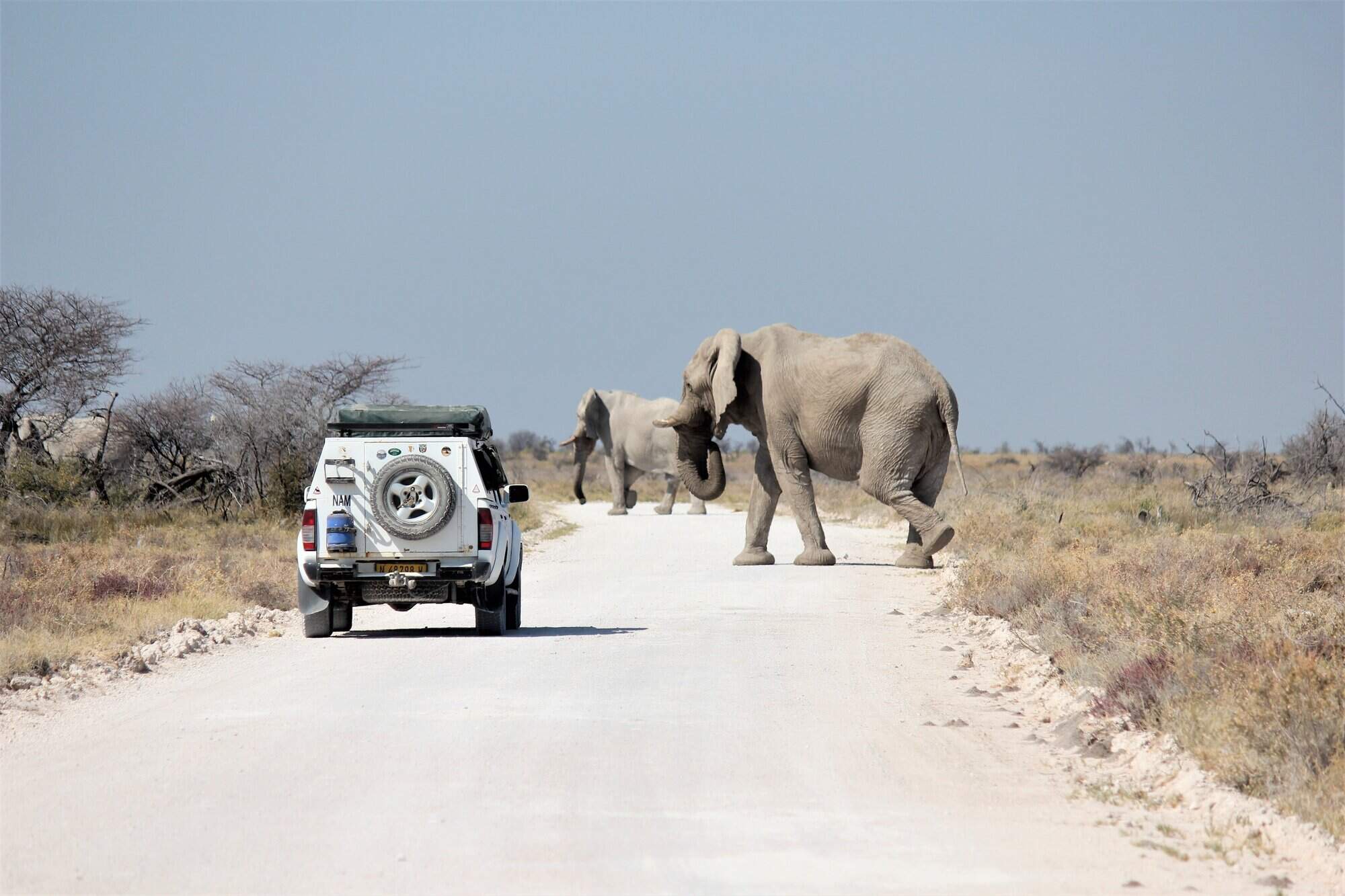
Okaukuejo Camp
Set within Etosha National Park, Okaukuejo Resort is a large camp with a productive, floodlit waterhole.
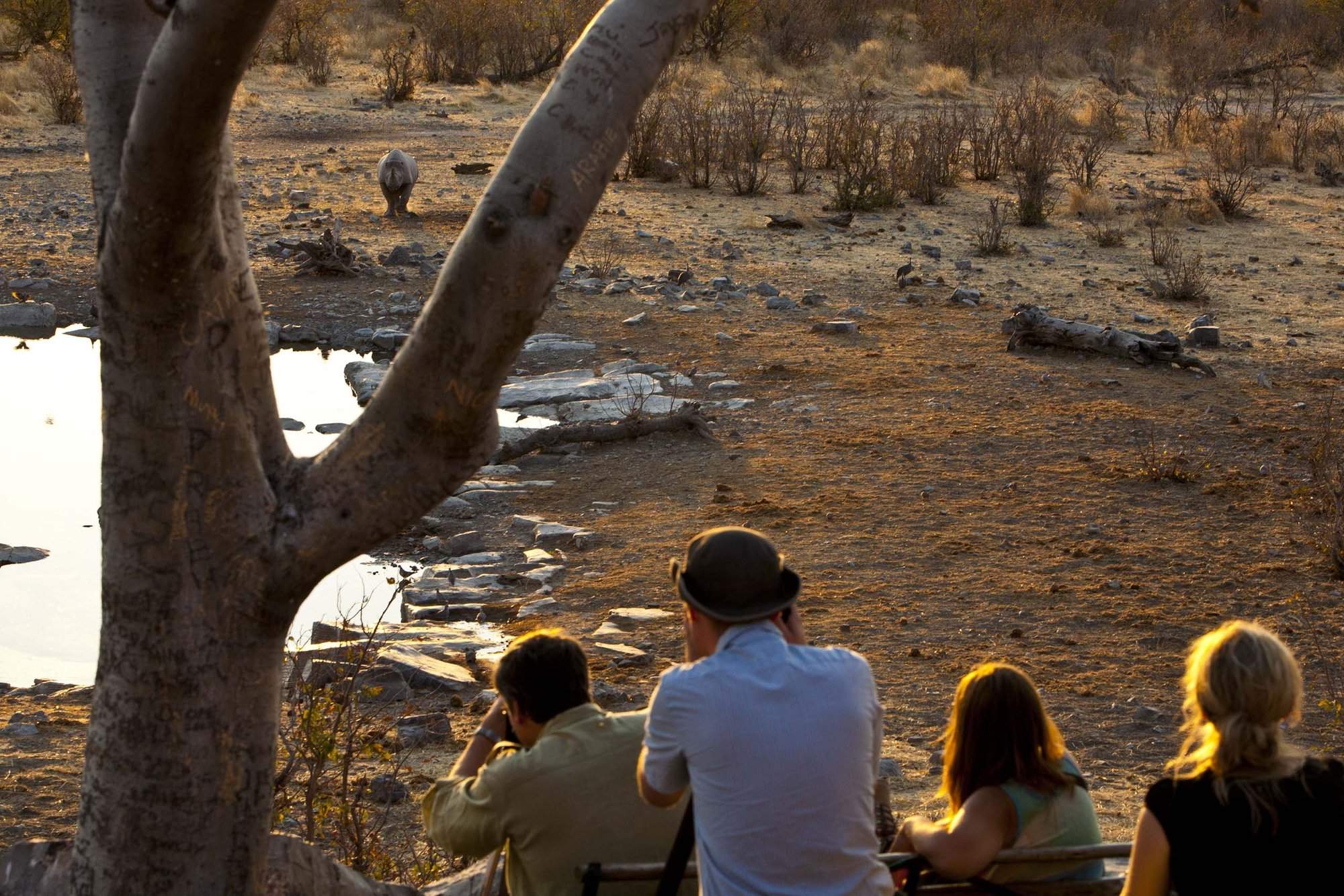
Halali Camp
The smallest of Etosha's erstwhile restcamps, overlooking its own floodlit waterhole, Halali has a superb location near the centre of Etosha Pan.
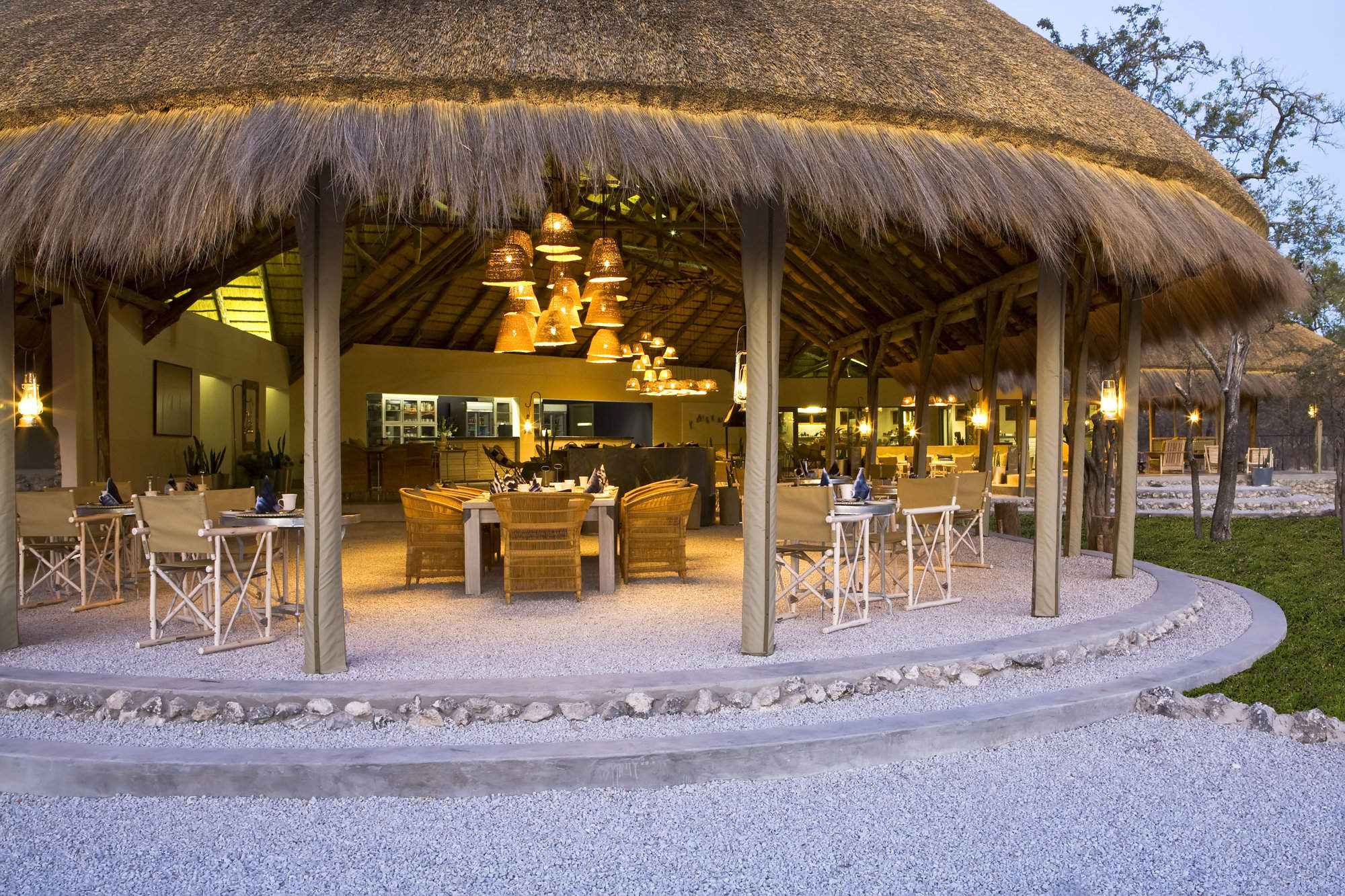
Mushara Bush Camp
The family-friendly Mushara Bush Camp offers great value and is an excellent base from which to explore Etosha National Park.
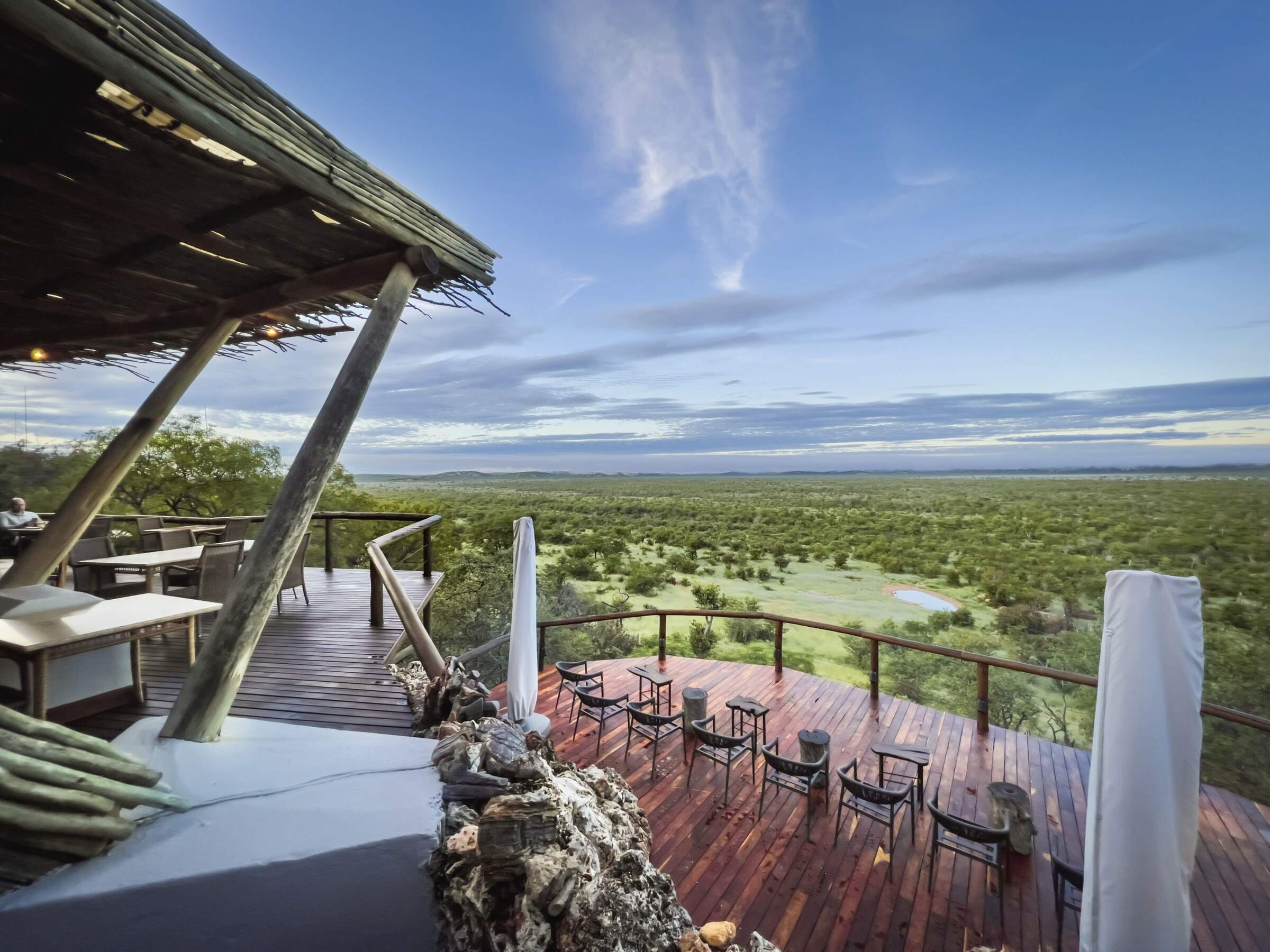
Ongava Lodge
With fantastic views over a private reserve bordering Etosha, the smart Ongava Lodge offers driving and walking safaris on the reserve, and guided drives in Etosha.
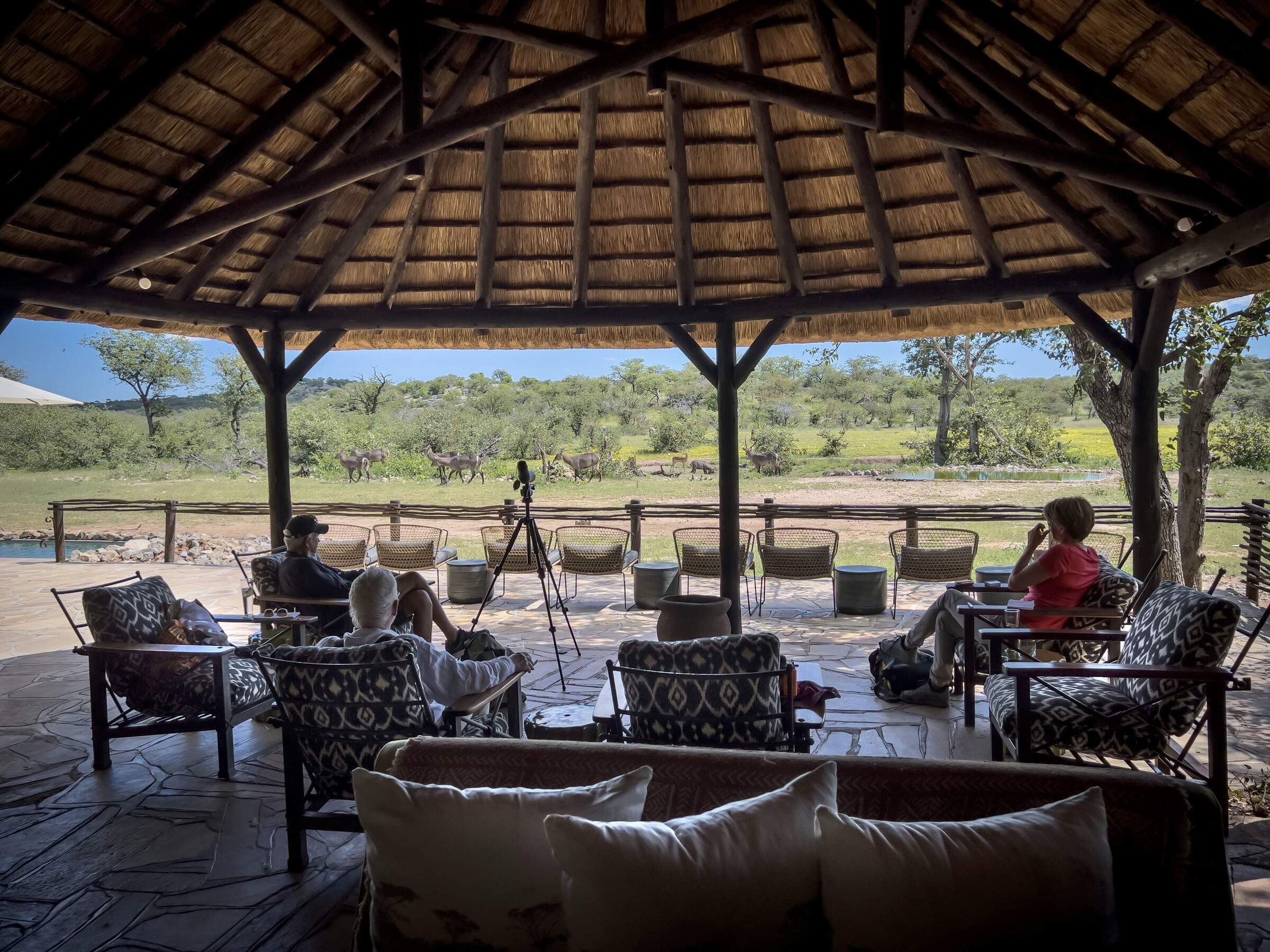
Ongava Tented Camp
Set around a waterhole on a private reserve, the small Ongava Tented Camp combines understated comfort with activities that include walks and night drives.
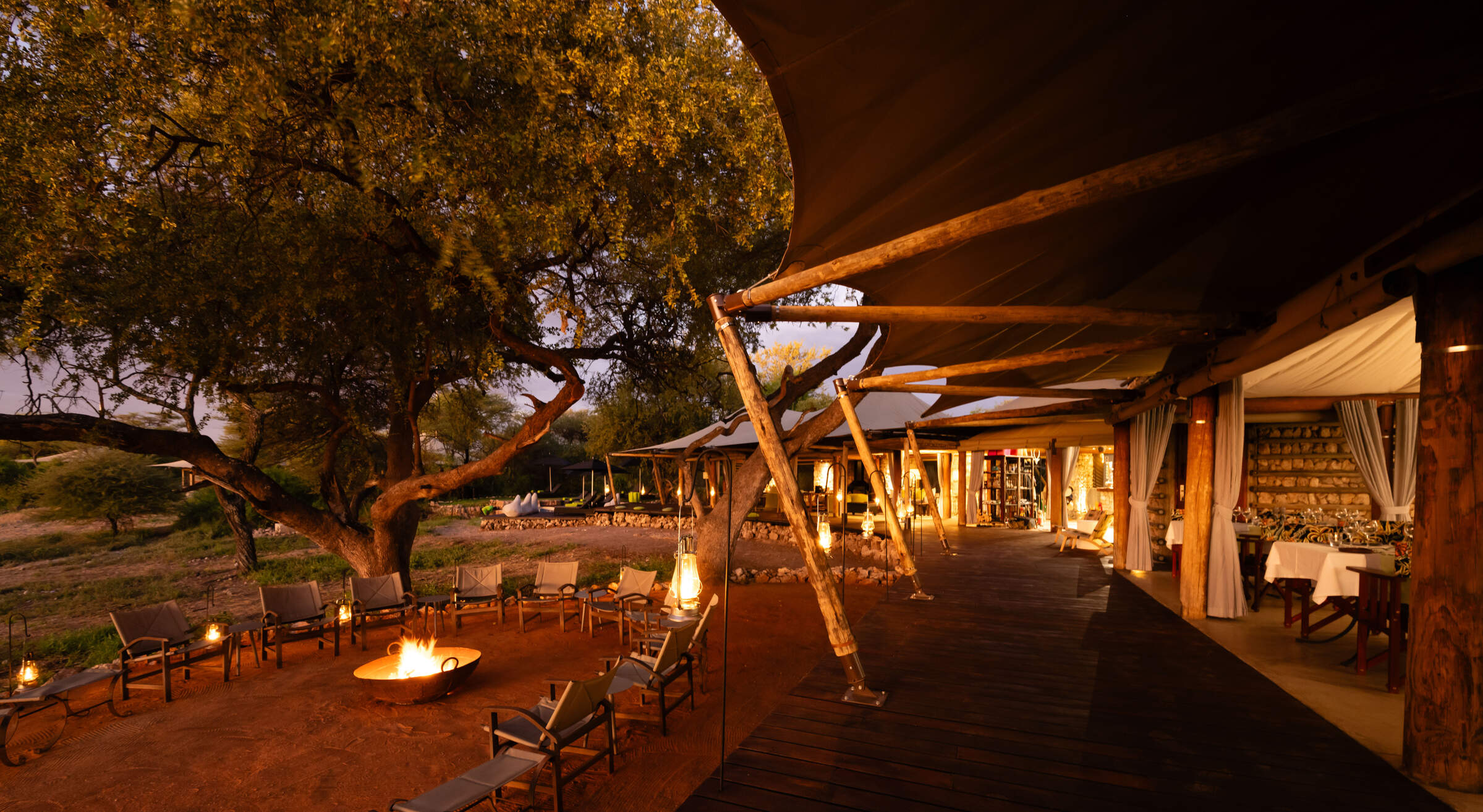
Onguma Tented Camp
Onguma Tented Camp is a lovely, little tented camp which centres around an attractive waterhole a short drive from the Von Lindequist Gate to eastern Etosha.
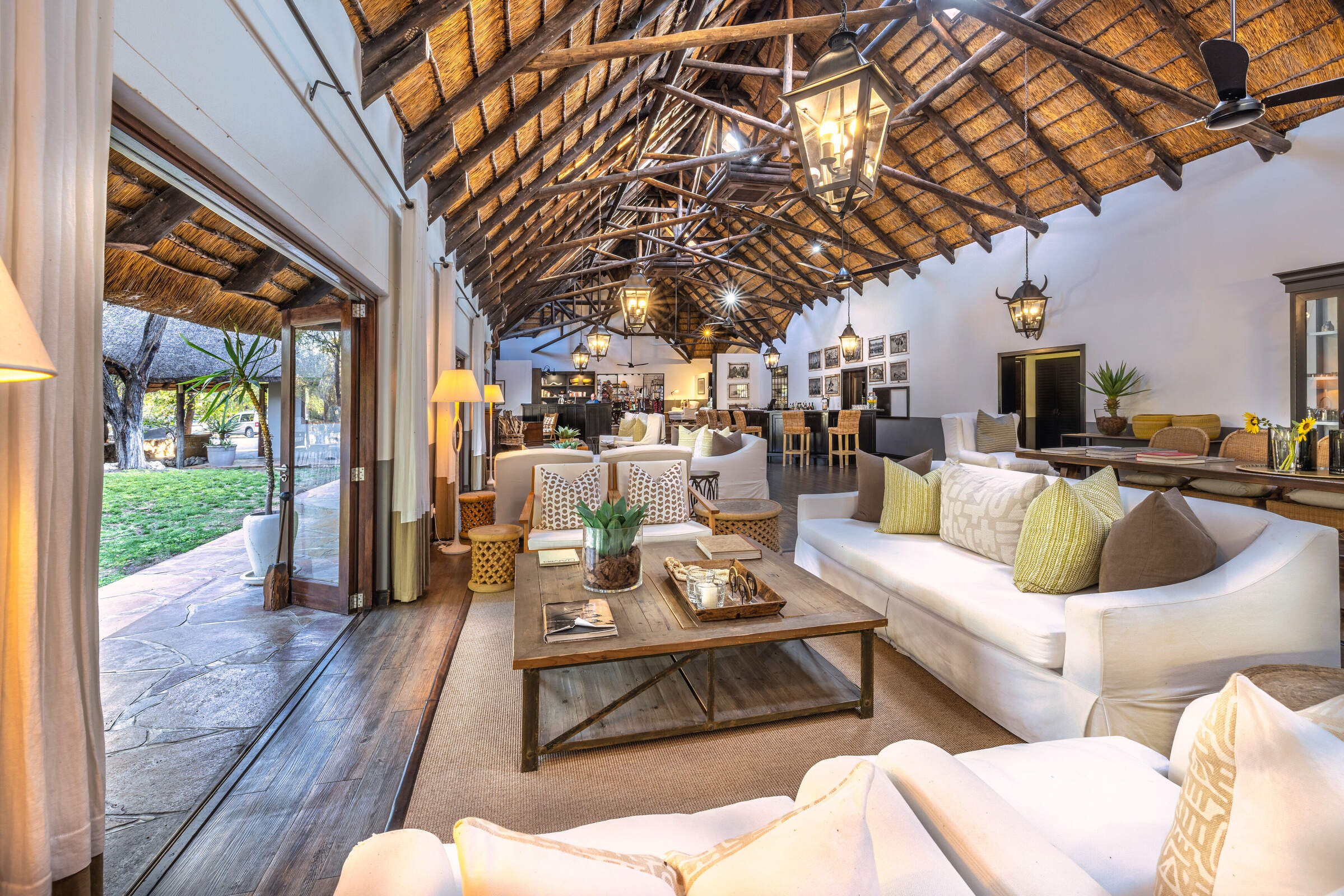
Mushara Lodge
Close to the eastern entrance to Etosha, the comfortable Mushara Lodge is well-placed for exploring the park in your own vehicle or on a guided drive.
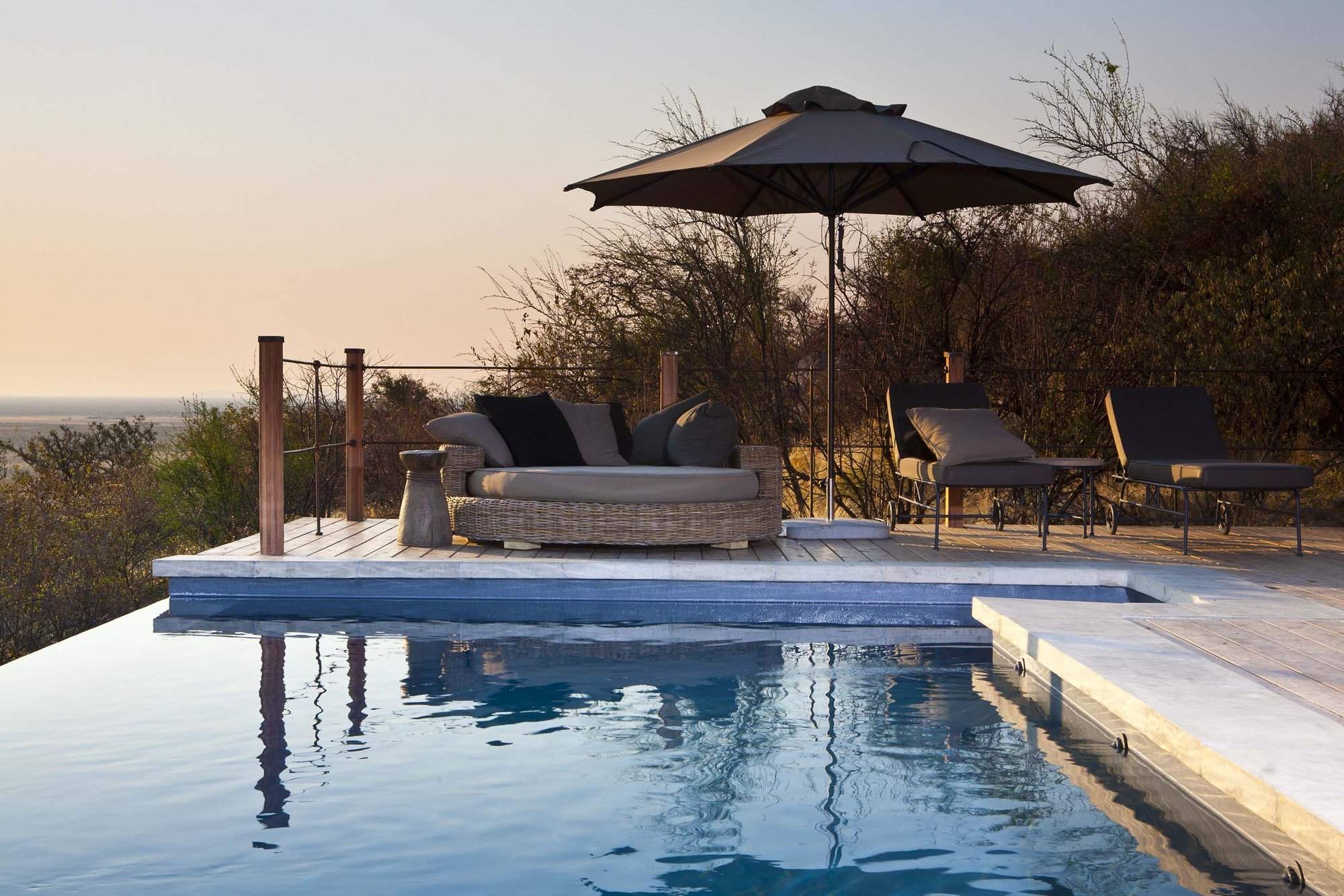
Dolomite Camp
Opened in 2011, Dolomite Camp allows visitors access to the far west side of Etosha National Park, which was previously off limits to most visitors.

Onguma Bush Camp
For great wildlife viewing without breaking the bank, the affordable and understated luxury of Onguma Bush Camp could be perfect.
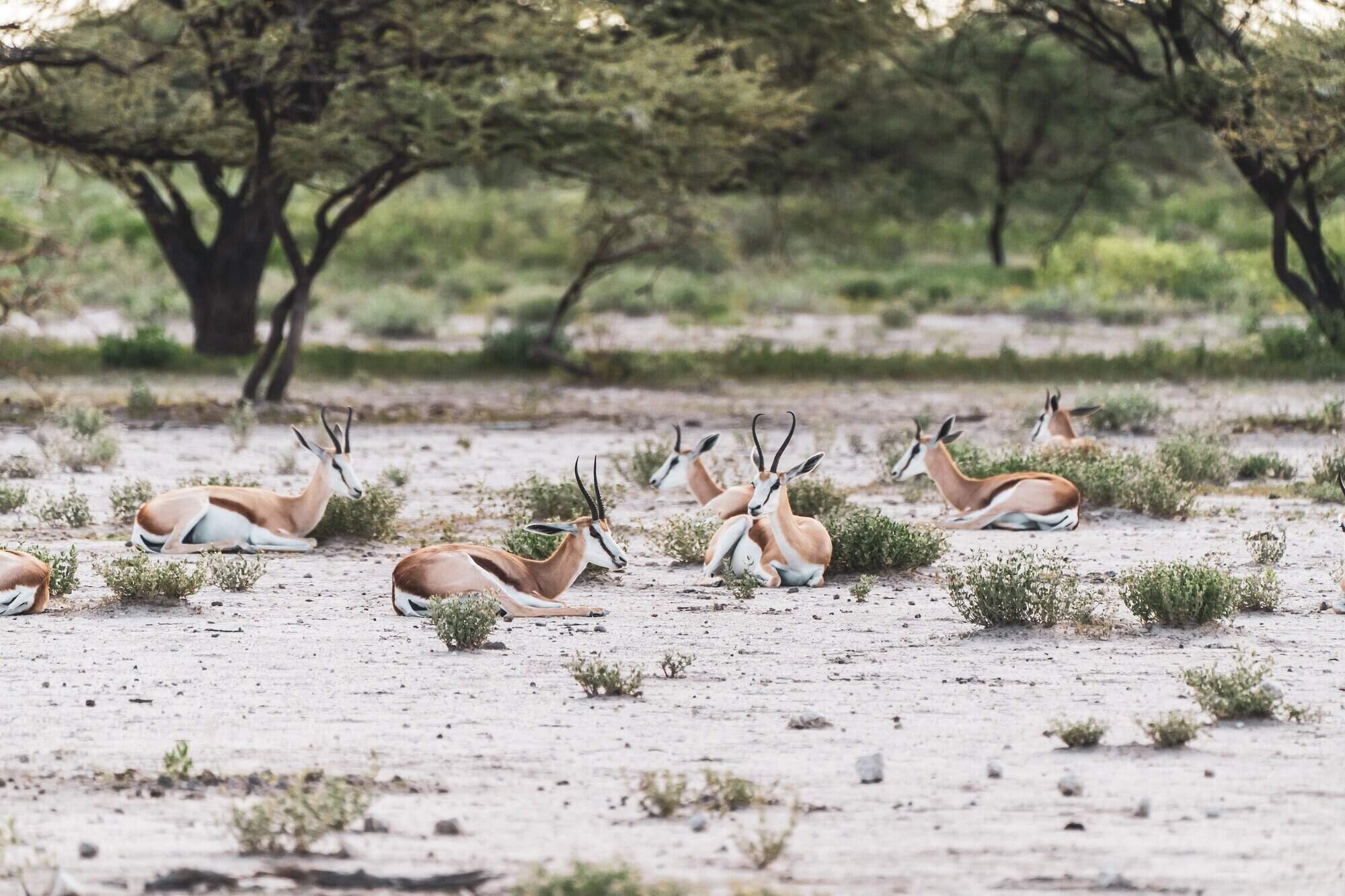
Namutoni Camp
Centred on an old fort, the government run Namutoni Camp is located just inside Etosha National Park, close to Fisher's Pan.
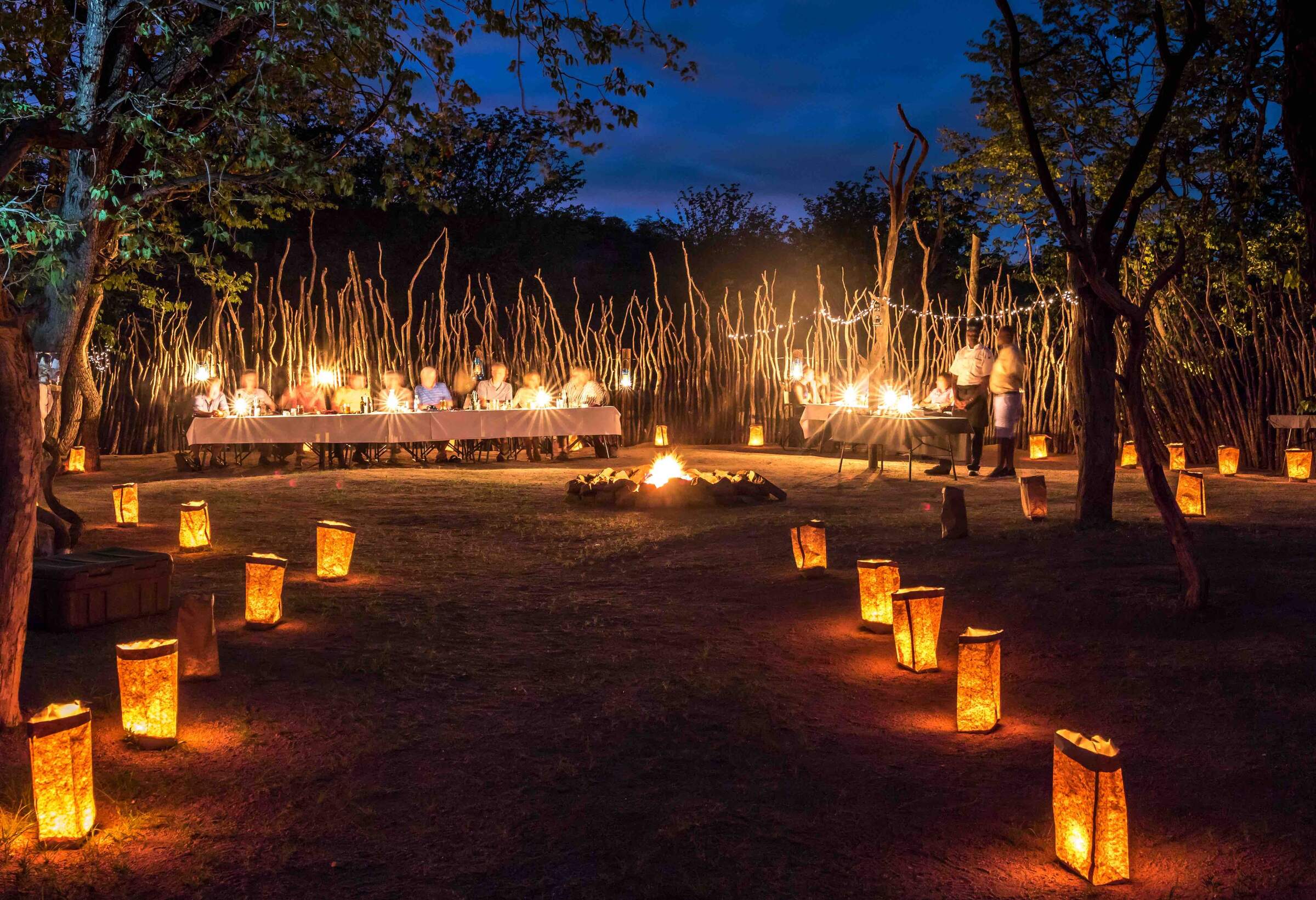
Hobatere Lodge
To the west of Etosha National Park, on the edge of Damaraland, Hobatere Lodge offers good game-viewing on its own reserve.
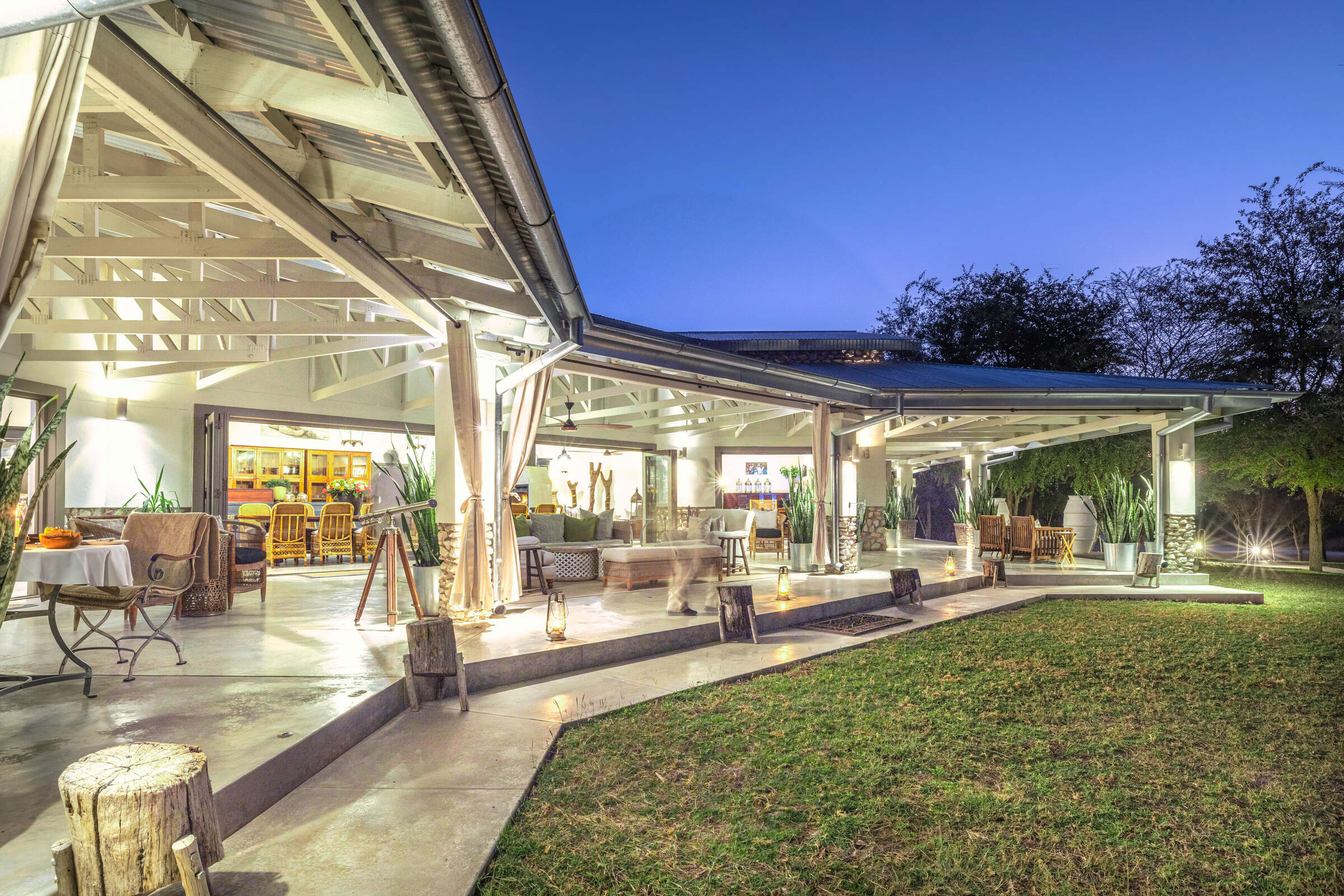
Mushara Outpost
Intimate and luxurious, Mushara Outpost is well-placed on a private reserve to explore nearby Etosha National Park on your own or on a guided drive.
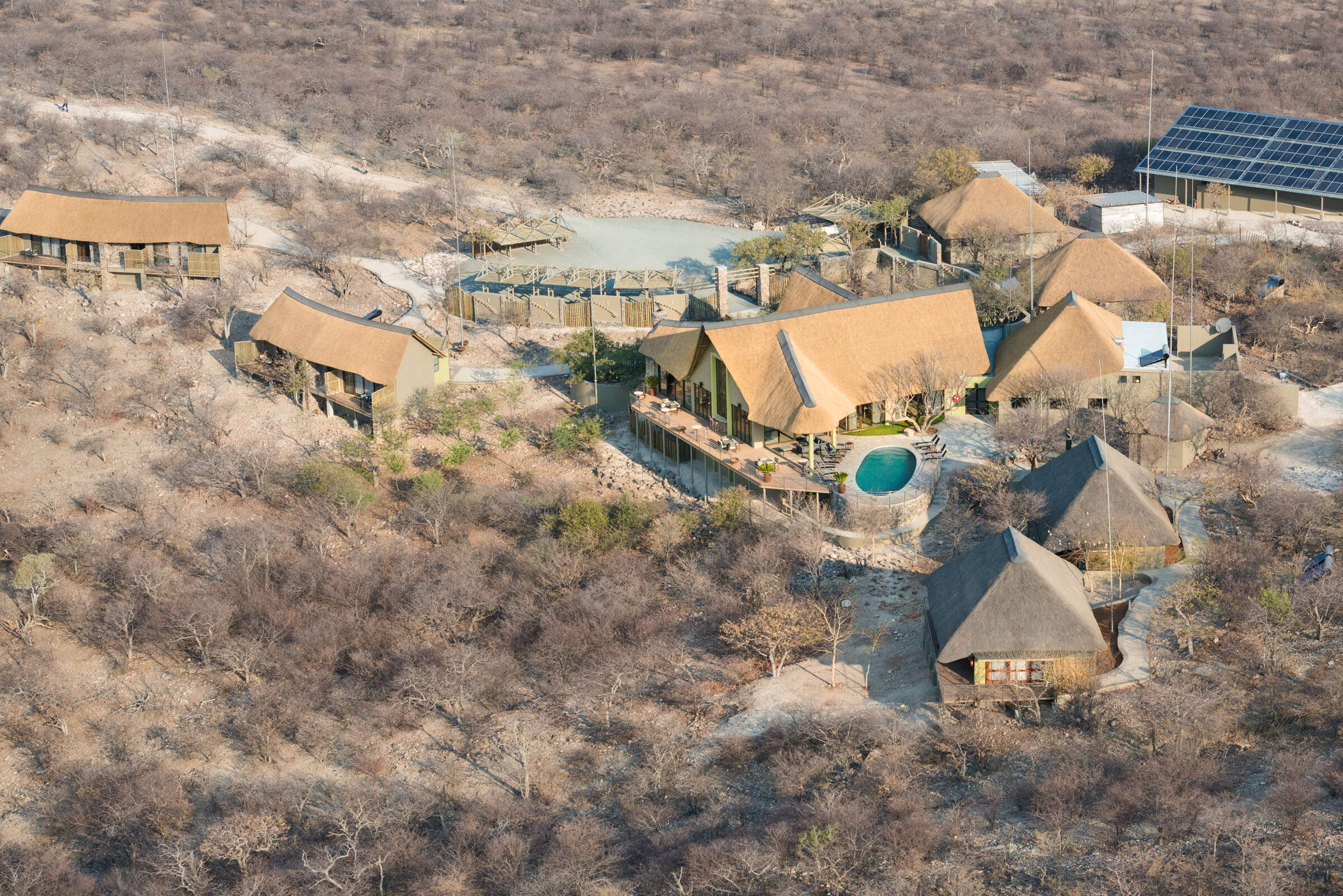
Safarihoek Lodge
At the heart of the private Etosha Heights Reserve, Safarihoek Lodge offers comfortable accommodation and excellent game-viewing.
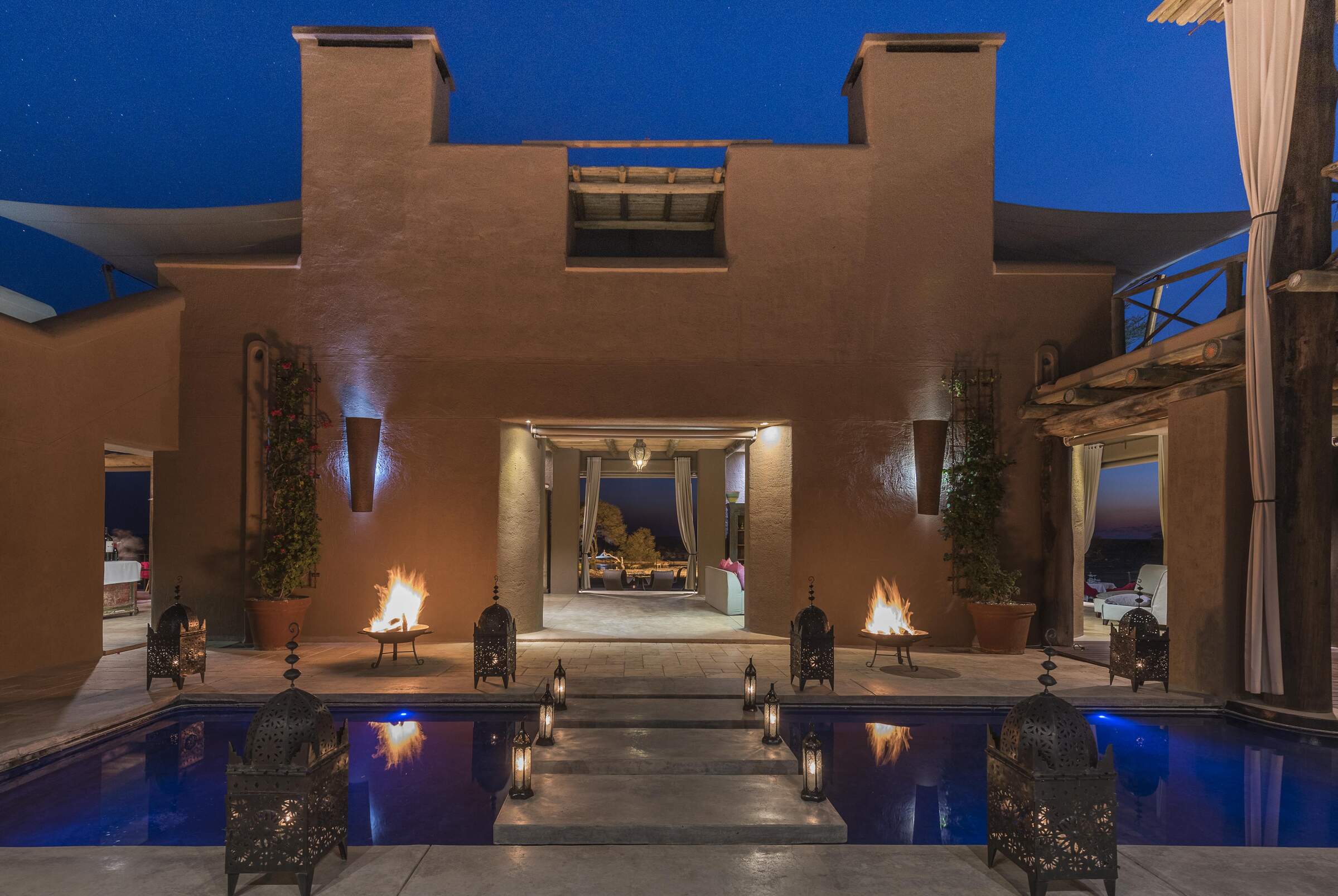
Onguma The Fort
The Fort is the jewel in the crown of the Onguma lodges, and arguably the whole of eastern Etosha.
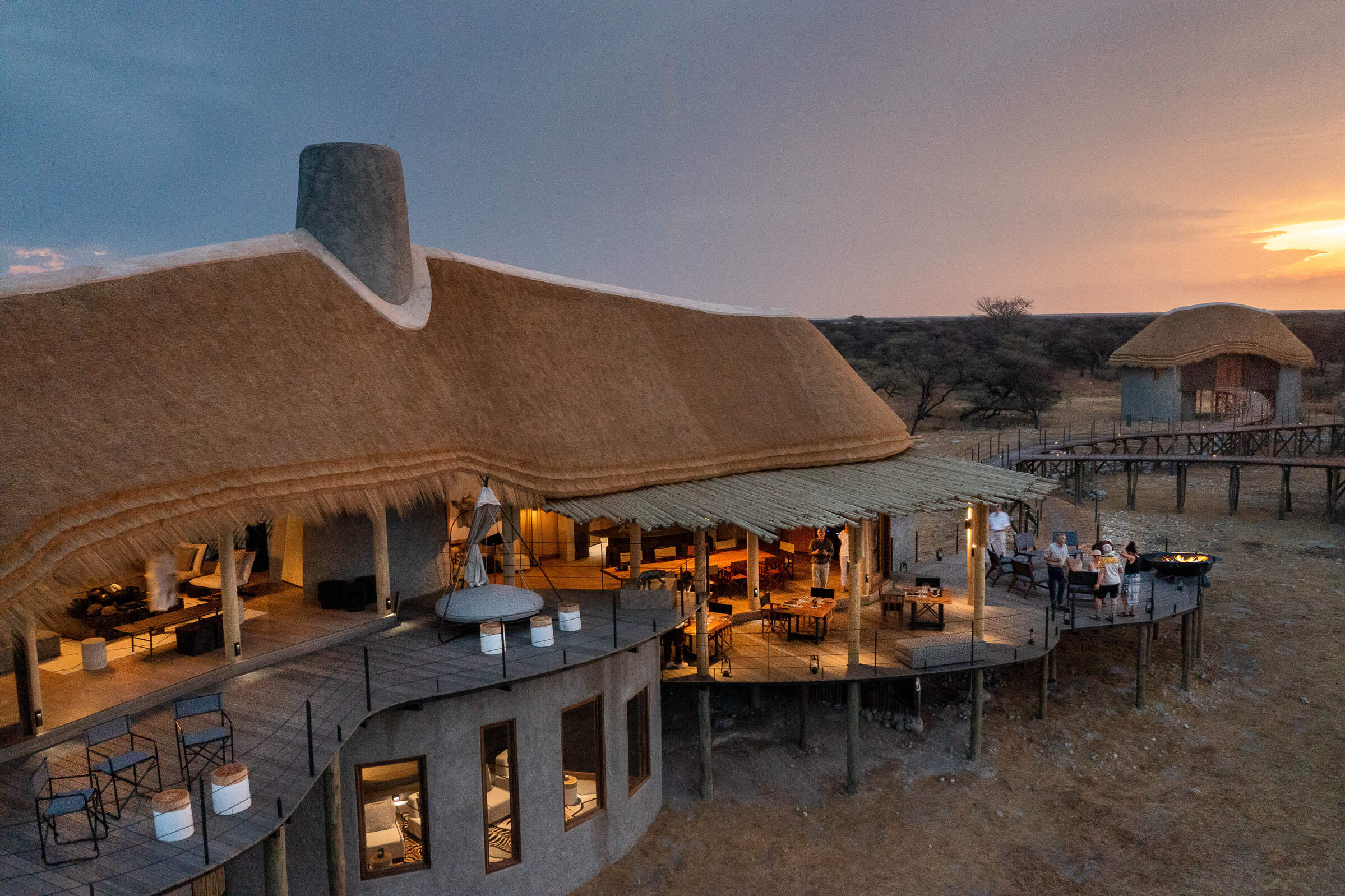
Onguma Camp Kala
For a bird’s eye view across African bush, the stilted rooms at Onguma Camp Kala are truly special.
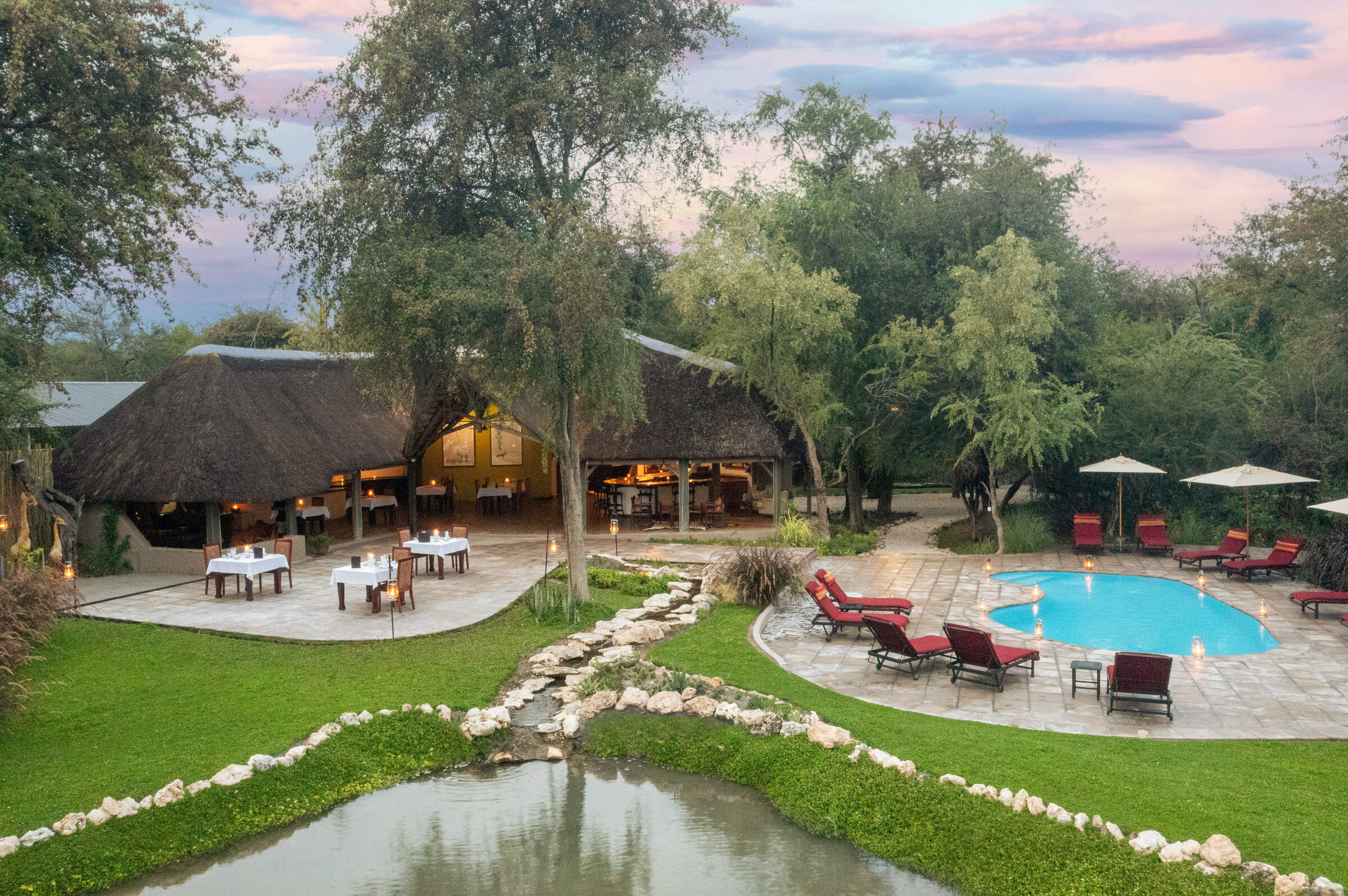
Onguma Forest Camp
From its woodland setting on the Onguma Reserve, Forest Camp is within easy striking distance of Namibia’s flagship national park.
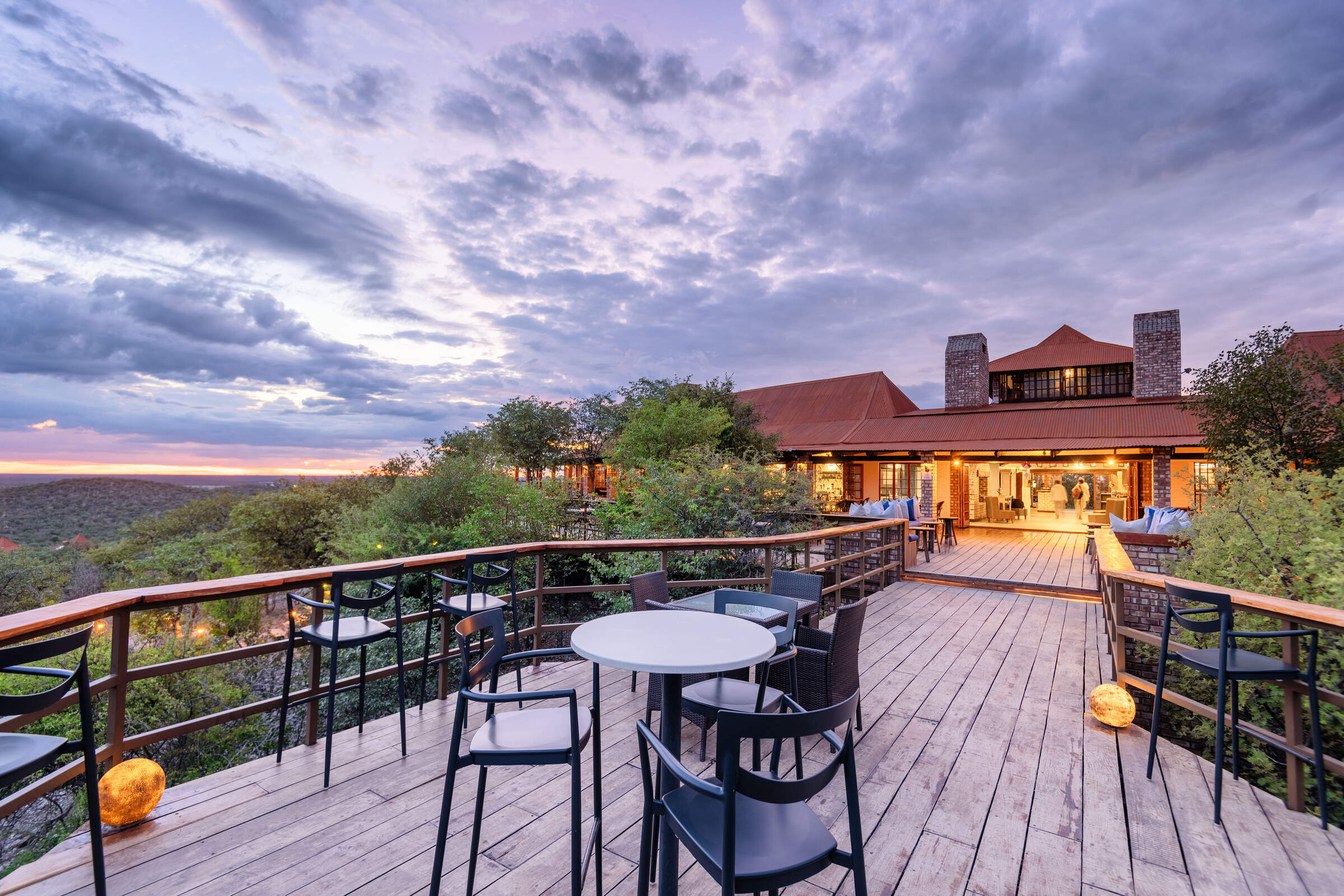
Etosha Safari Lodge
A short drive from Etosha National Park's southern entrance, Etosha Safari Lodge is a convenient base from which to explore the park.
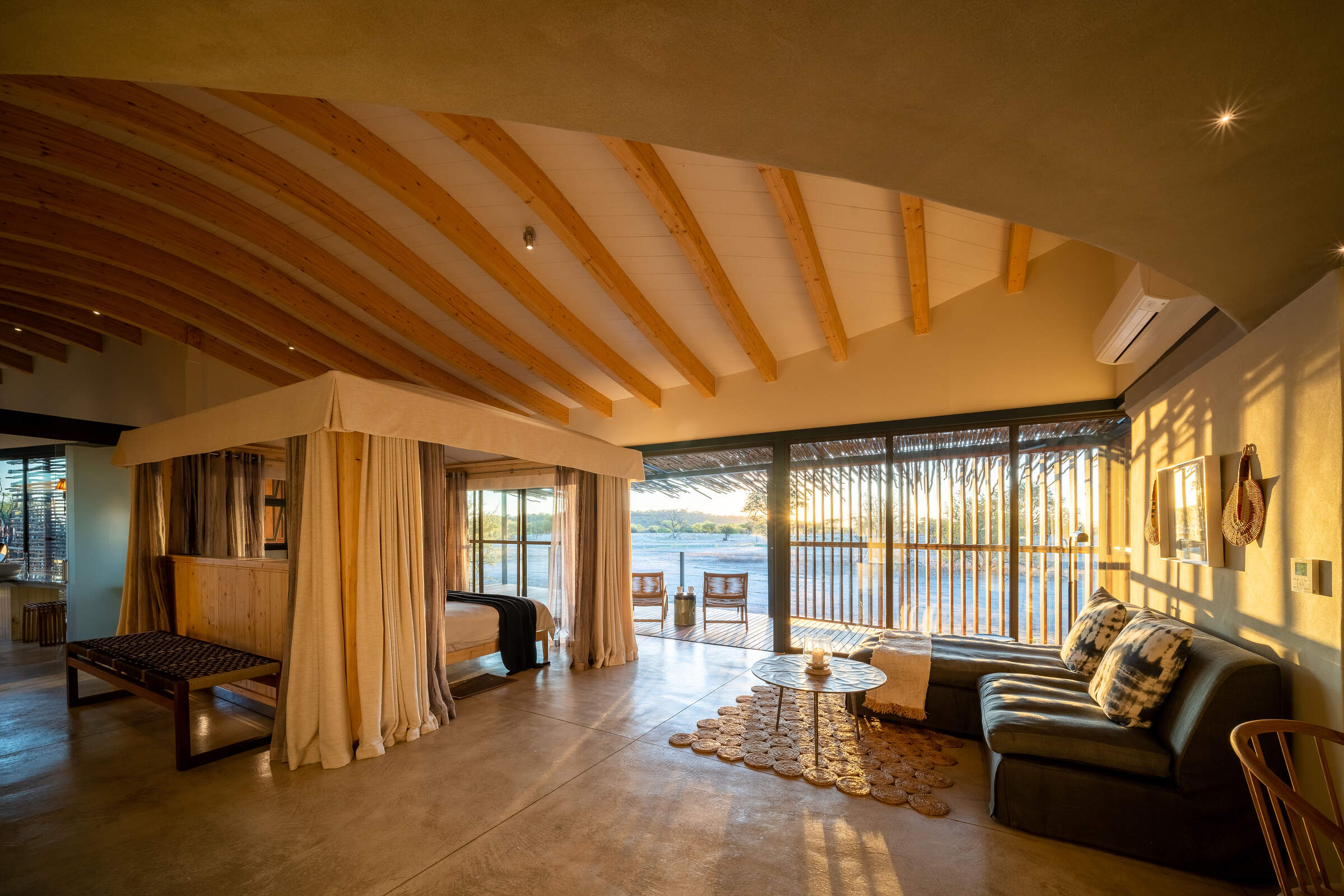
Andersson's at Ongava
With game drives on both its private reserve and in Etosha, Andersson's at Ongava also offers access to the Ongava Research Centre.
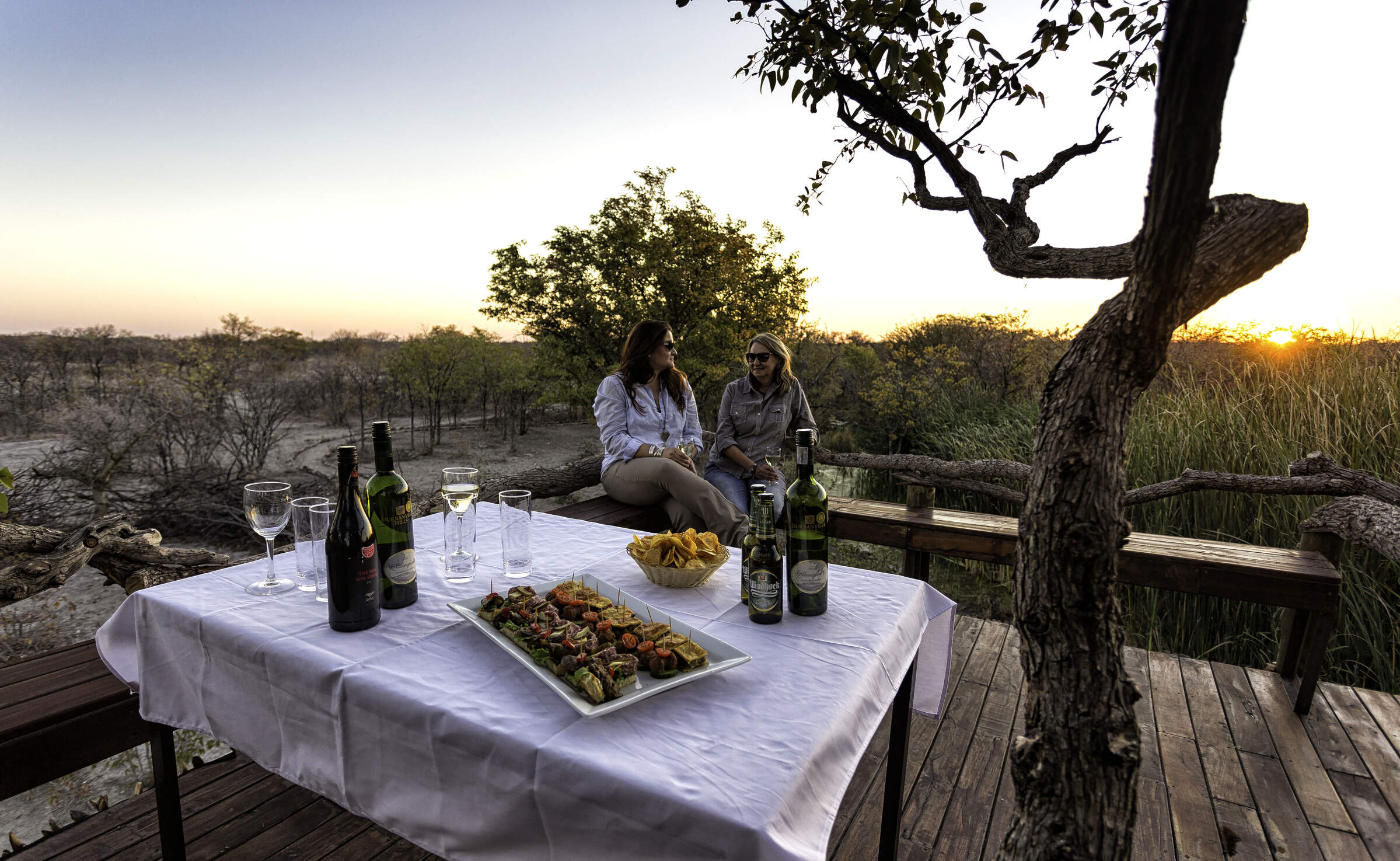
Taleni Etosha Village
Only 4km from Etosha's southern entrance, Taleni Etosha Village is an affordable base from which to explore the park.
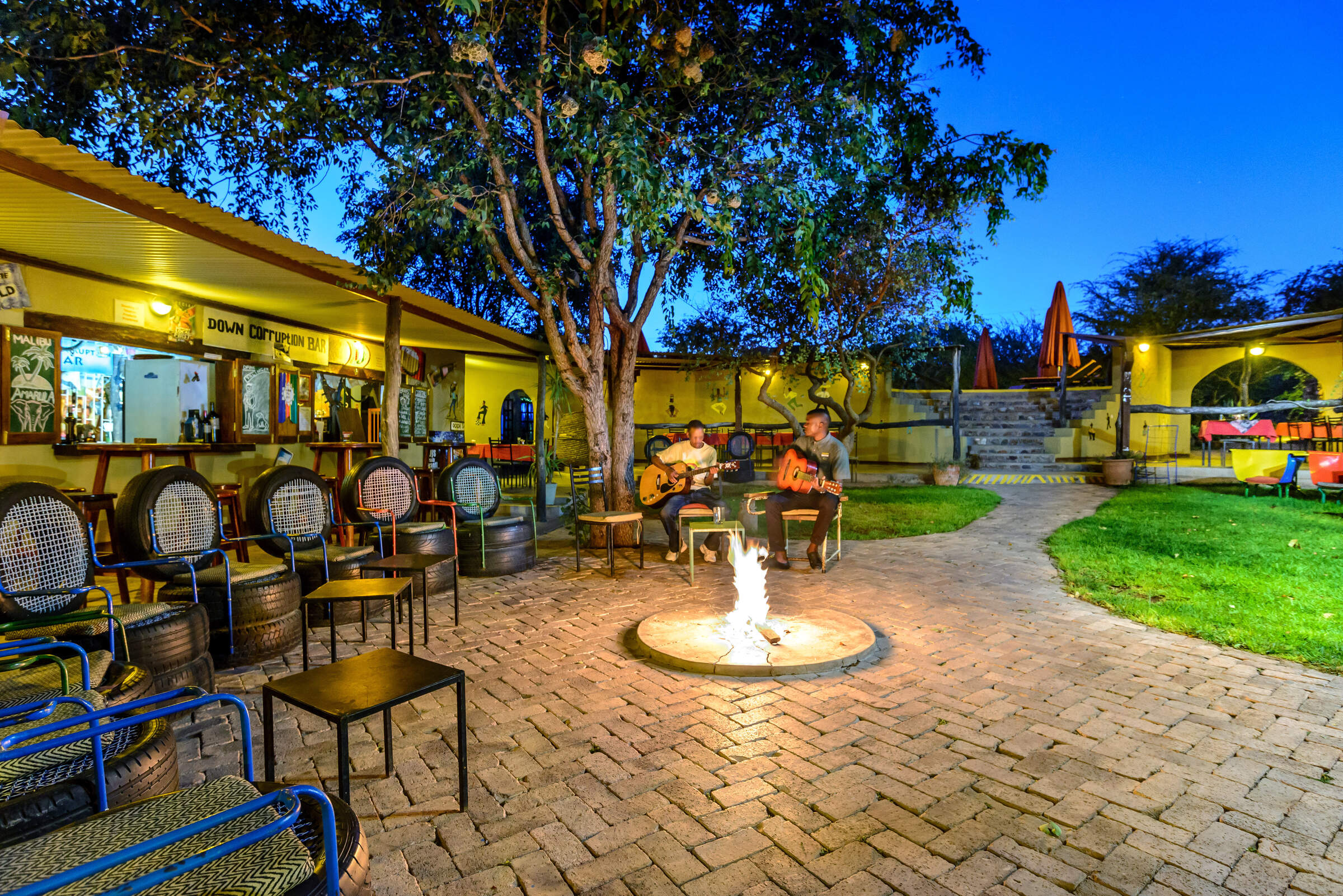
Etosha Safari Camp
Funky, low-key and very original, Etosha Safari Camp is well placed for visiting Etosha National Park on a self-drive or guided safari.
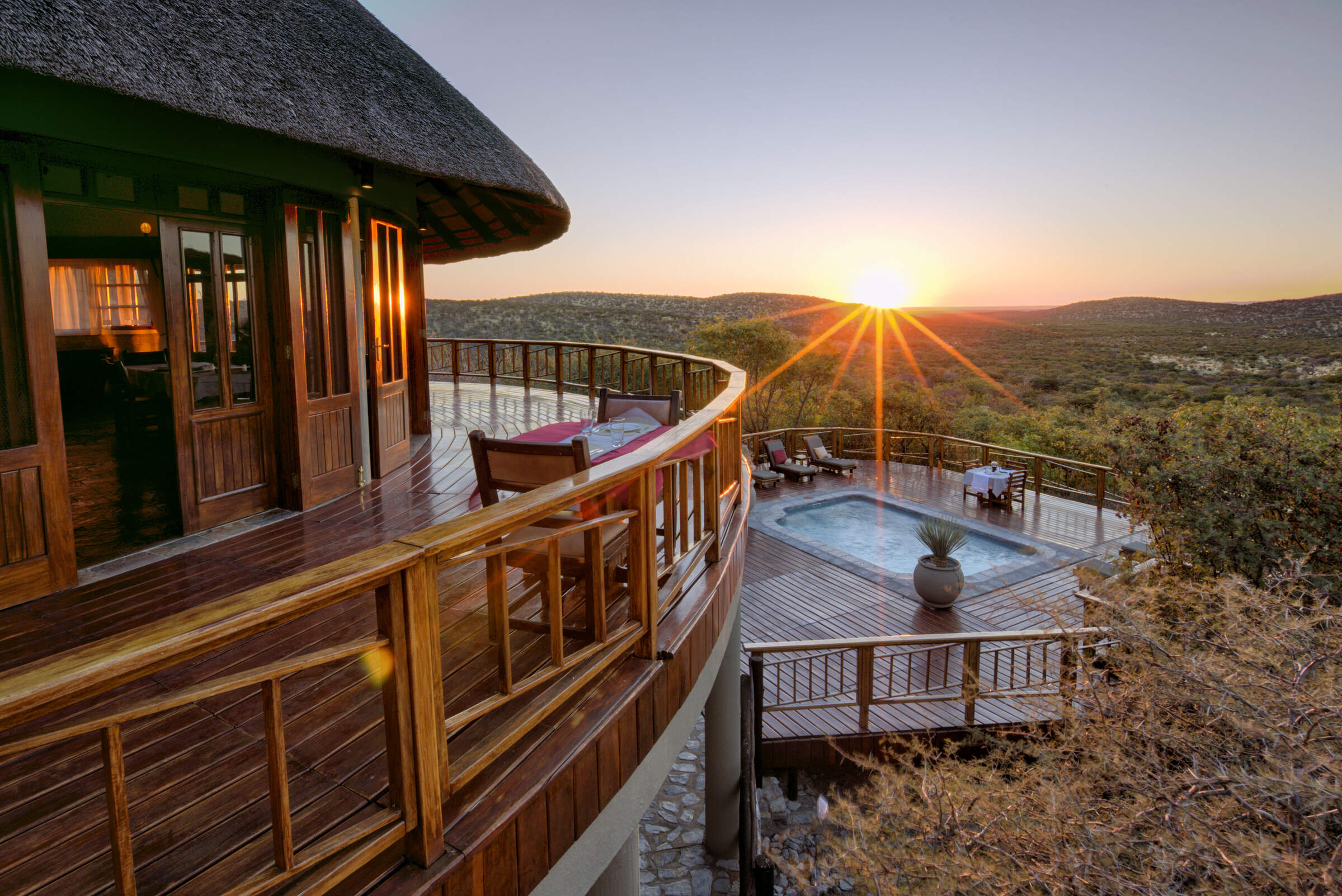
Mountain Lodge
In the heart of the private Etosha Heights Reserve, the family-friendly Mountain Lodge offers game drives and bush walks within an exclusive environment.
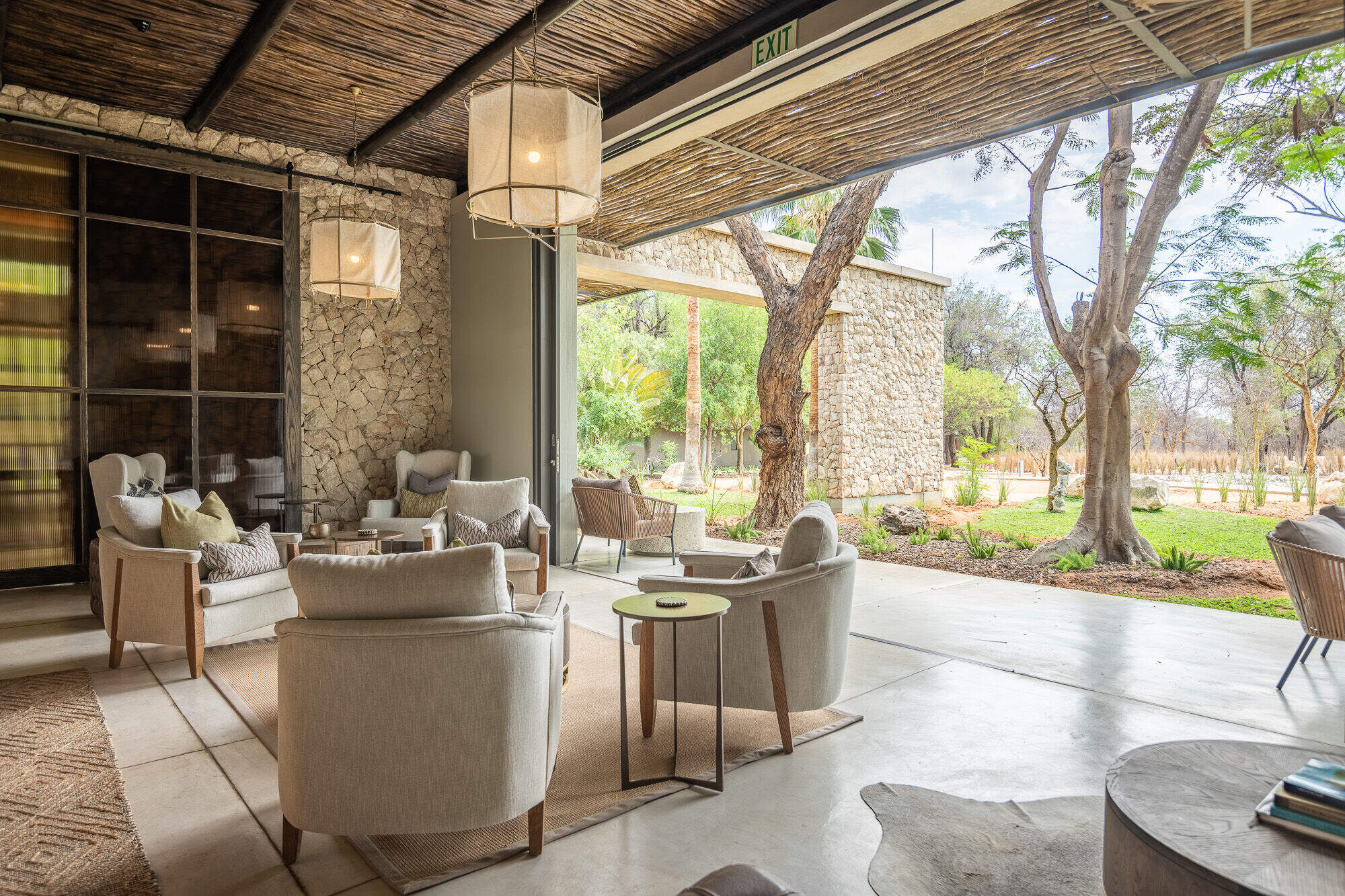
Mokuti Etosha Lodge
With 106 rooms, child-friendly Mokuti Etosha Lodge is more like a hotel than a lodge. Facilities to include a gym, spa, tennis courts and even a snake park.
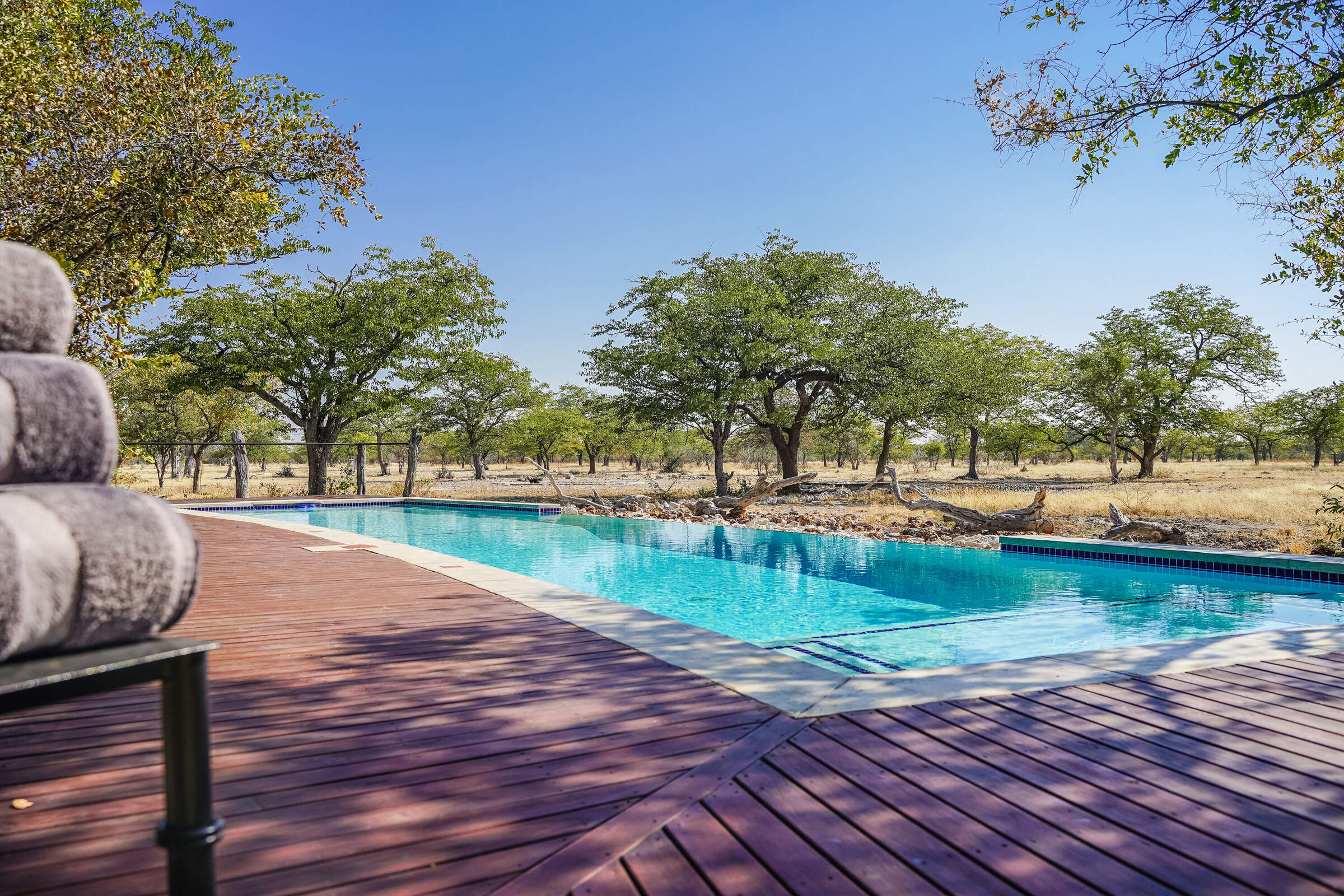
Etosha Oberland Lodge
A short drive from Etosha National Park's southern entrance, Etosha Oberland Lodge is a very comfortable base from which to explore the park, with excellent food.
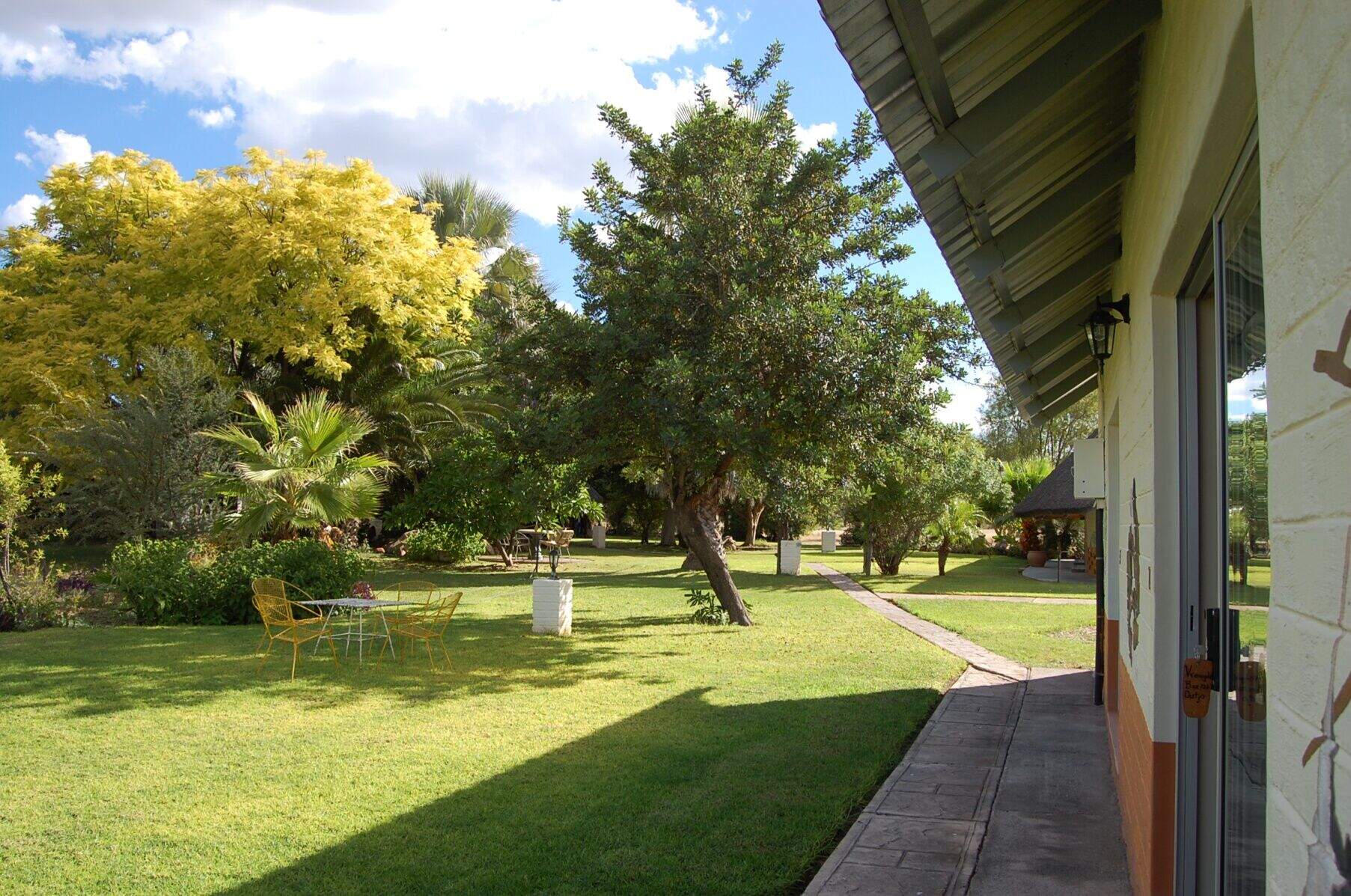
Vreugde Guest Farm
Vreugde Guest Farm is a delightful owner-run and working sheep farm where you can expect a warm welcome and charming hospitality.
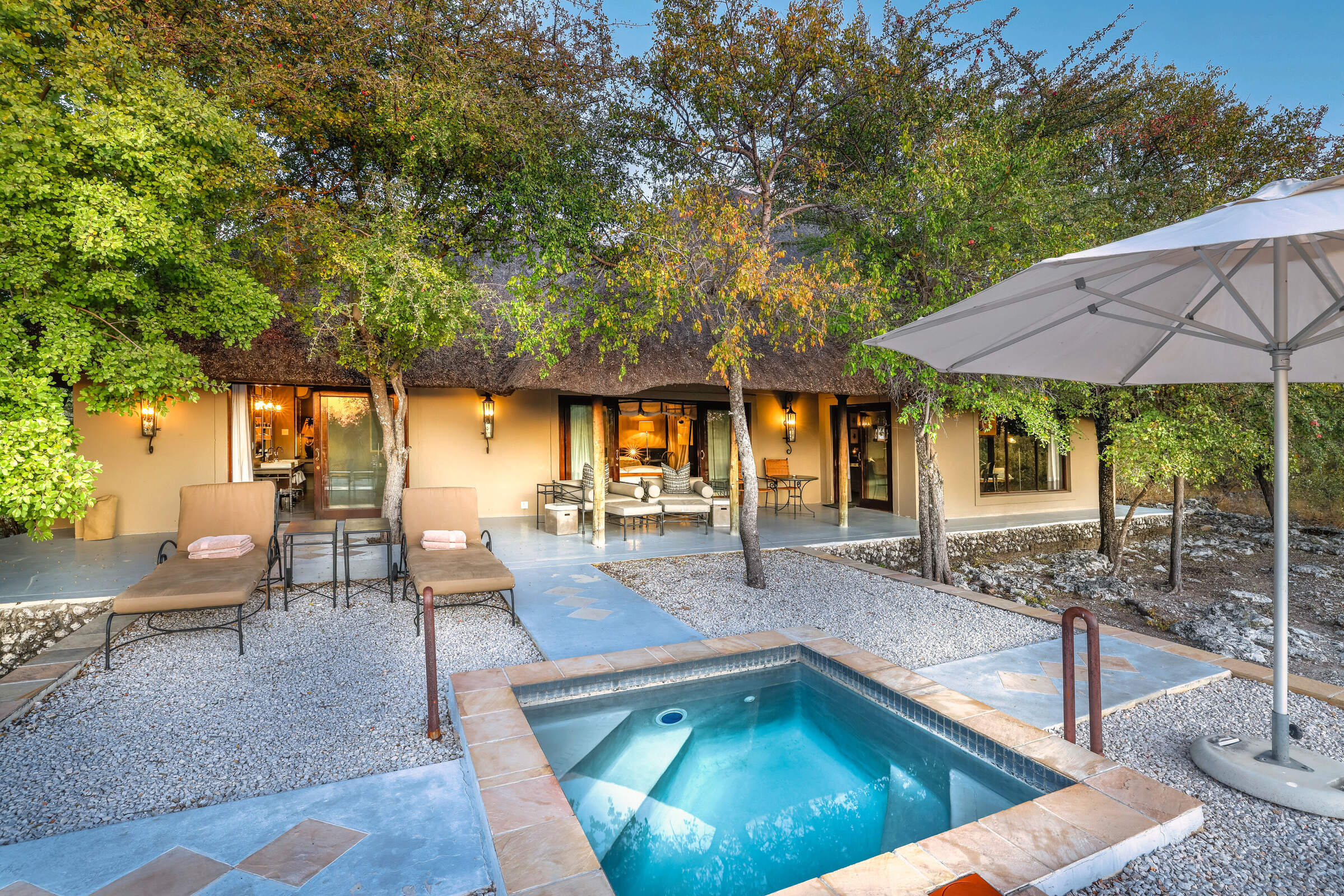
Villa Mushara
Offering luxury on a peaceful private reserve close to Etosha, Villa Mushara is a great choice for honeymooners & those wishing to indulge themselves.
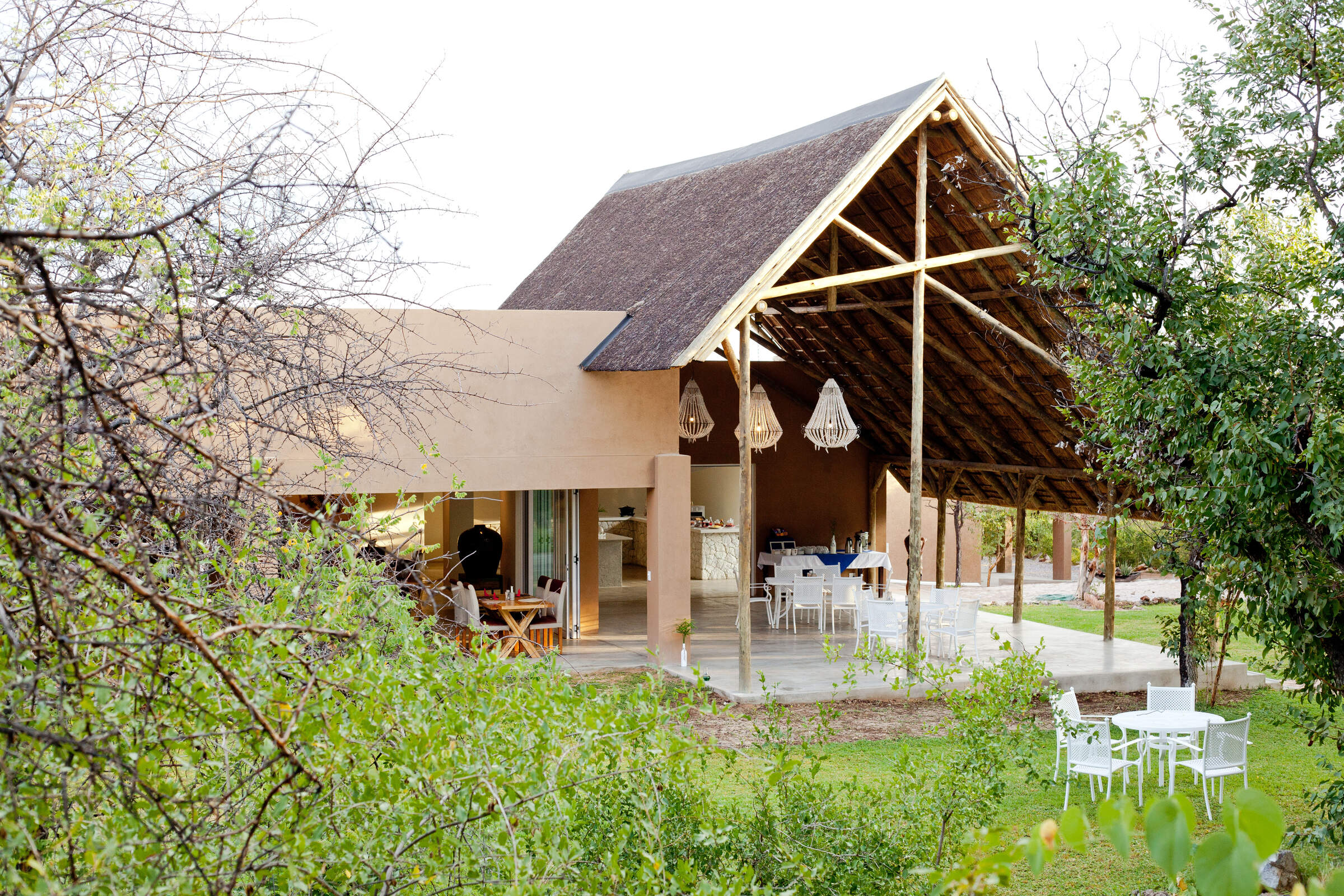
Toshari Lodge
Smart and professionally run, the hotel-style Toshari Lodge is well-placed for self-driving in Etosha National Park.
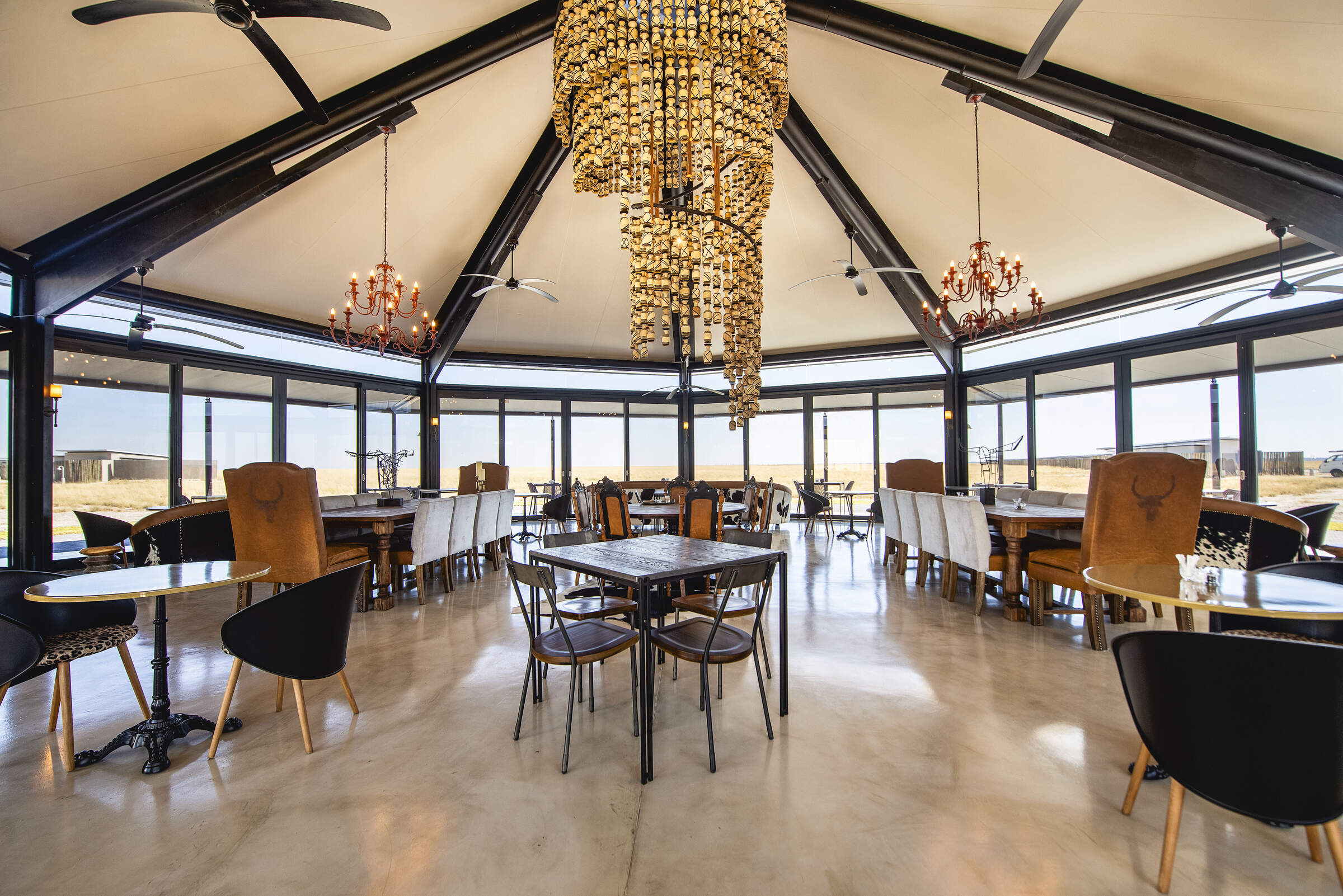
Etosha King Nehale
A short drive from the national park's northern entrance, Etosha King Nehale Lodge is an interesting and comfortable base from which to explore the park.
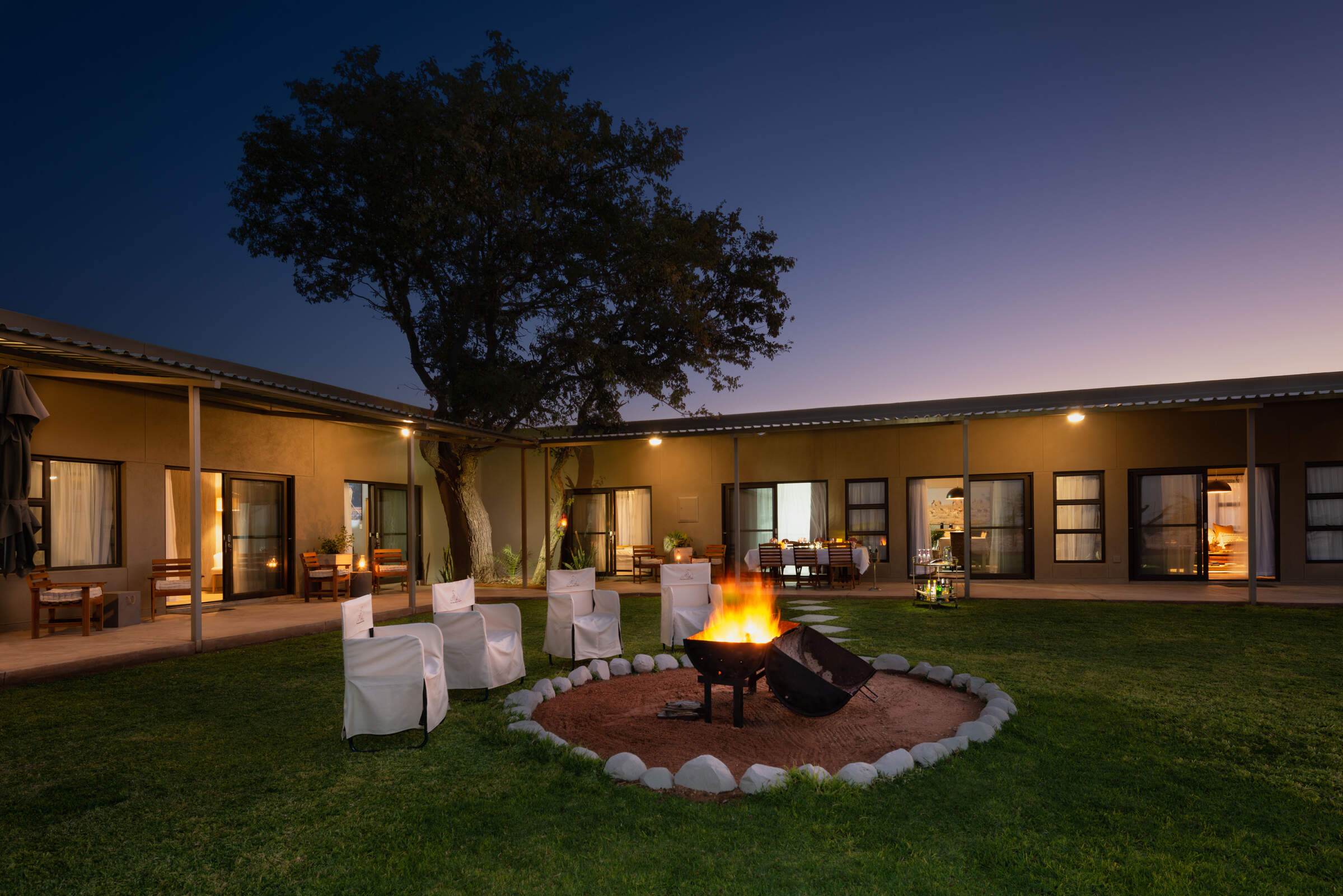
Safari House
The private Safari House on the Etosha Heights reserve is a great option families or friends travelling together.
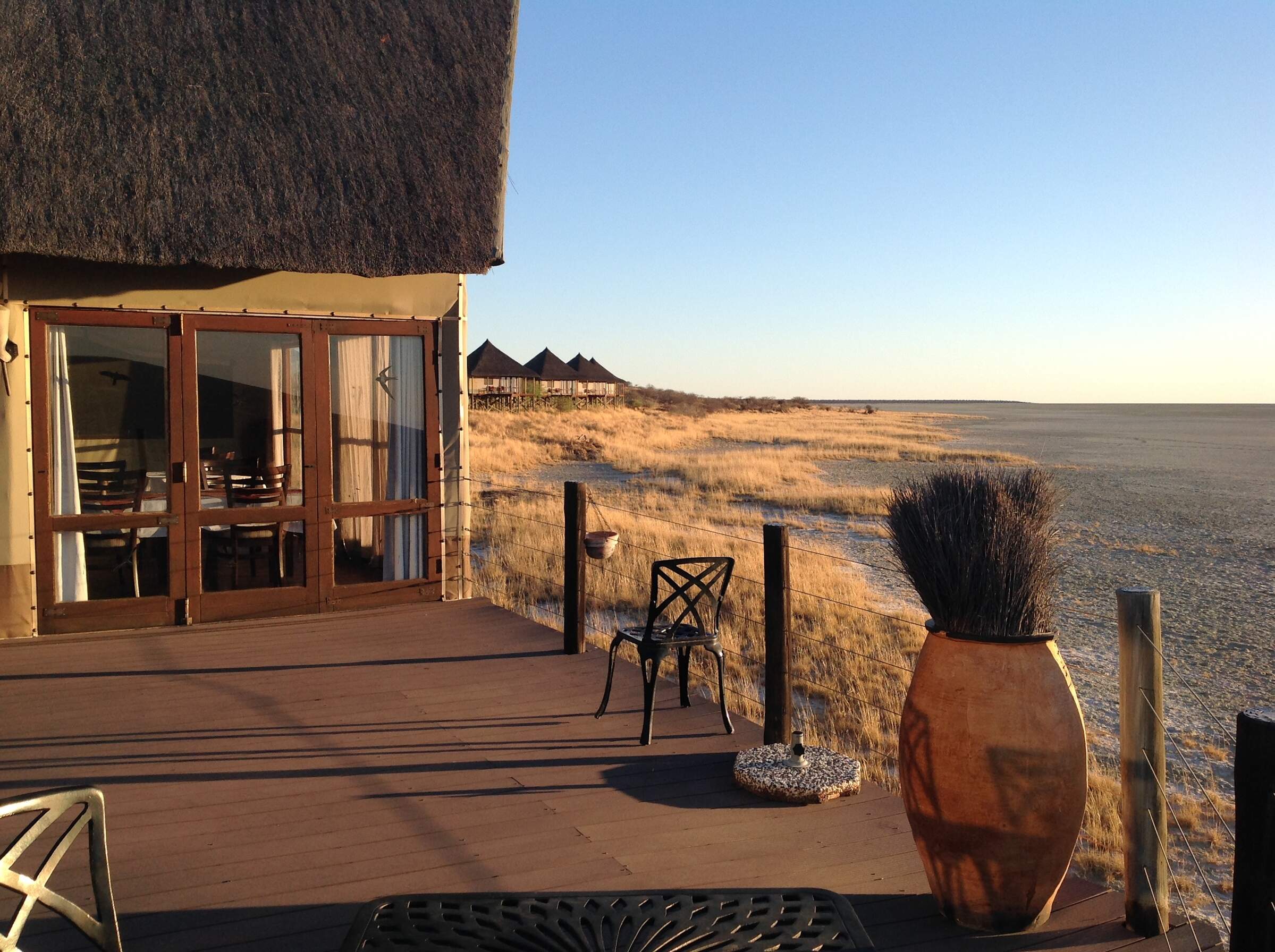
Onkoshi Camp
Onkoshi Camp is owned and run by Namibia Wildlife Resorts. Built on elevated wooden platforms it overlooks Etosha Pan.
When to go to Etosha National Park
Our month by month guide: What it's like to visit Little Ongava in Etosha National Park
Jan
Feb
Mar
Apr
May
Jun
Jul
Aug
Sep
Oct
Nov
Dec
Etosha National Park in January
January marks the start of Etosha's main rainy season. The Etosha Pan, usually a vast expanse of white clay, may partially fill with water in good rainy season, attracting flamingos and other migratory birds. The landscape transforms into a lush green oasis, providing ample food for wildlife. Many animals give birth during this time, offering chances to see newborns.
While game viewing can be challenging due to dispersed wildlife and thick vegetation, birdwatching is excellent. Migratory species arrive and birds display breeding plumage. The Okaukuejo and Halali waterholes remain active, though less crowded than in dry months. Visitors should be prepared for occasional thunderstorms and potentially muddy roads, especially around Fischer's Pan.
The vibrant greenery and the presence of young animals make this a fantastic time for photography.
- Variable weather: hot, dry or humid with rain
- Occasional localised thunderstorms in Etosha
- Many animals with young; spectacular birdlife
- Wildlife dispersed, harder to see in Etosha
- Fewer tourists; low rates at most lodges
Our view
This is not a great time to visit
Weather in January
Etosha National Park in February
February is typically Etosha's wettest month. The Etosha Pan may be partially filled, creating a spectacular sight and attracting numerous waterbirds, including flamingos. The landscape is vibrantly green, with many animals raising their young.
While game viewing can be more challenging due to the abundance of water and vegetation, patient observers can spot a variety of wildlife, and share their sightings with fewer other visitors. Birdwatching is excellent, with many species in breeding plumage. The Fairy Tale Forest near Okaukuejo is particularly lush during this time.
Visitors should be prepared for occasional thunderstorms and potentially challenging road conditions, especially in the eastern part of the park. The lush environment and the presence of young animals provide a unique opportunity to witness the park's life cycle.
- Variable weather with occasional thunderstorms
- Bush feels alive; birdlife at its peak in Etosha
- Wildlife in Etosha dispersed, harder to spot
- A variety of newborn and young wildlife to see
- Few tourists; lowest rates for accommodations
Our view
This is not a great time to visit
Weather in February
Etosha National Park in March
As Etosha's main rains taper off, March offers a mix of wet and dry days. The landscape remains green and alive, with insects and smaller animals more easily seen, and many birds and animals are finishing raising their young.
The Etosha Pan may still hold some water, attracting flamingos and other waterbirds. Game viewing improves as the month progresses and animals start to herd together at permanent water sources. The Okaukuejo, Halali, and Namutoni waterholes become increasingly active.
Birdwatching remains excellent, with many migrant species still around. The Dolomite Camp area in the west offers good chances to spot rarer antelope species like black-faced impala.
The transition from wet to dry conditions provides a fascinating glimpse into the park's seasonal changes.
- Weather variable; thunderstorms less frequent
- Animals well-fed after months of abundance
- Wildlife in Etosha still dispersed, harder to see
- Migrant birds prepare to leave the park
- Few visitors; rates often low at Etosha lodges
Our view
A good time to visit, with pros & cons
Weather in March
Etosha National Park in April
April typically sees dry weather dominating in Etosha, with decreasing chances of rain. The landscape remains relatively green, and animals are in excellent condition with shiny coats. Increasing numbers of elephants seen as the herds begin to use the permanent water sources. The Okaukuejo waterhole becomes particularly active, especially in the evenings.
Photographers benefit from clear air and lush, green backdrop. Night drives from camps like Halali offer chances to see nocturnal animals. Birdwatching remains good, though some migratory species begin to depart, and the Fischer's Pan area can still be productive for waterbirds if there's residual water from the rainy season.
The shift towards drier conditions improves the chances of wildlife sightings.
- Becoming drier and cooler, especially at night
- Few visitors except around Easter; low rates
- Wildlife in Etosha still relatively spread out
- Migrant birds have largely left the park
- Fresh air and often green landscapes in Etosha
Our view
A good time to visit, with pros & cons
Weather in April
Etosha National Park in May
May marks the transition to Etosha's dry season. The landscape starts to dry out, but may still retain some greenery. Wildlife increasingly gathers around permanent water sources, making game viewing more predictable. The Okaukuejo, Halali, and Namutoni waterholes become excellent spots for animal observation – especially when floodlit after dark. Night drives offer opportunities to see nocturnal species like leopards and owls.
The Etosha Pan is usually dry, creating a stark, shimmering backdrop for photography. Birdwatching remains good, with 340 different species recorded in the park. The western part of the park, accessible from Dolomite Camp, offers chances to see rarer species like black rhino in a less frequently explored environment. The dry season's onset brings a new rhythm to the park's wildlife dynamics.
- Lovely weather: dry, warm days & cool nights
- Etosha drying out; landscapes still partly green
- Fantastic air clarity; ideal for photography
- Visitor numbers low; lodge rates still low
- Wildlife starting to gather at Etosha waterholes
Our view
A very good time to visit
Weather in May
Etosha National Park in June
June brings cooler temperatures with clear skies to Etosha. The landscape is drying out, encouraging animals like elephants, rhino and giraffe to waterholes. This makes for excellent game viewing, especially at popular spots like Okaukuejo and Halali. Night drives on private Etosha reserves, like Ongava, are particularly productive.
The dry Etosha Pan creates mirages and a unique backdrop for photography, perhaps a lone ostrich crossing the stark salt crust. Birdwatching remains rewarding, with bright colours standing out in drier vegetation. The Namutoni area, with its fort, provides a mix of wildlife viewing and historical interest.
Cooler temperatures making walking safaris enjoyable in Etosha’s adjacent wildlife reserves, like Etosha Heights.
- Clear days, cold nights in Etosha National Park
- Great air quality; perfect for photographers
- Moderate lodge rates; shoulder season begins
- Wildlife gravitates to Etosha's waterholes
- Some greenery remains in parts of the park
Our view
A very good time to visit
Weather in June
Etosha National Park in July
July is prime time for wildlife viewing in Etosha as animals, in particular predators, are more active later in cool mornings and earlier in the afternoons. The dry landscape concentrates animals around waterholes, making for predictable and spectacular sightings. The Okaukuejo waterhole is particularly active, especially at night when black rhinos often visit and jostle for position with elephants.
The stark white Etosha Pan creates a unique backdrop for photography, with heat mirages shimmering on the horizon.
The dry season's peak offers unparalleled wildlife viewing opportunities. Game drives along the southern edge of the pan offer excellent opportunities to see large herds of zebra, wildebeest, and antelope. Birdwatching is rewarding around waterholes, with species like eagles and vultures frequently sighted.
- Dry days, crisp nights; excellent for stargazing
- European holidays begin; more families visit
- Peak season; high rates, lodges often full
- Fantastic wildlife watching
- Animals concentrate around Etosha waterholes
Our view
A very good time to visit
Weather in July
Etosha National Park in August
August is the height of the dry season in Etosha, offering excellent wildlife viewing opportunities. Animals concentrate around waterholes, with a variety of predators and prey often seen at any one time. Night viewing at the more secluded yet floodlit waterhole at Halali is often rewarded with sightings of shyer leopard and porcupine.
The dry season's intensity brings wildlife into sharp focus. The open plains along the edge of the Etosha Pan are good for seeing large herds of zebra and wildebeest, and often cheetah too. Predators often lie in wait for their prey near waterholes offering sightings of hunts to patient game viewers.
Birdwatching remains rewarding, with raptors like bateleur and martial eagles frequently sighted.
- Dry days, cold nights; clear skies in Etosha
- Busy by Namibian standards; family rooms full
- Peak season; high rates, advanced booking needed
- Excellent wildlife viewing in Etosha National Park
- Large herds gather at Etosha's waterholes
Our view
Fantastic: the very best time to visit
Weather in August
Etosha National Park in September
September offers peak wildlife viewing in Etosha. The extreme dry conditions concentrate animals around waterholes, making for spectacular sightings of multiple species. The Okaukuejo waterhole is particularly active, with elephants, rhinos, and lions frequently visiting.
The last months of the dry season showcases the park's wildlife at its most concentrated. The stark landscape of the dry Etosha Pan creates dramatic backdrops for photography. Game drives along the pan's edge offer chances to see large herds of zebra, springbok, and oryx as well as lion prides and cheetah. The western part of the park, accessible from Dolomite Camp, often provides a more exclusive safari experience with good rhino sightings. Night drives on adjacent private reserves like Hobatere offer opportunities to see nocturnal animals such as genets and aardwolves.
Birdwatching is excellent, with species standing out clearly in the sparse vegetation.
- One of the best months for Etosha wildlife viewing
- Warm days, cold nights; temperatures rising
- Colourful birds stand out against a starker backdrop
- Etosha's waterholes teem with diverse wildlife
- High season; book Etosha accommodations early
Our view
Fantastic: the very best time to visit
Weather in September
Etosha National Park in October
October is typically Etosha's hottest and driest month, offering excellent wildlife viewing. The intense heat and dry conditions heighten the drama of wildlife interactions.
Animals concentrate heavily around waterholes, with spectacular sightings common at Okaukuejo, Halali, and other permanent water sources. Patient photographers spending time at waterholes are richly rewarded. Large herds of zebra, wildebeest, and various antelope species can be seen along the pan's southern edge. Predator sightings, including lions and cheetahs, are frequent as they target gathered and weakened prey. Thinning vegetation at Namutoni makes it easier to spot the dimunitive Damara dik dik – Namibia’s smallest antelope.
Birdwatching remains rewarding, with raptors and colourful rollers often spotted.
- Peak wildlife-viewing month in Etosha National Park
- Hot and dry; Etosha feels like a desert
- Air can be hazy with dust in some areas
- Peak time; expect high season rates in Etosha
- Etosha lodges often full, especially early October
Our view
A very good time to visit
Weather in October
Etosha National Park in November
November marks the transition to Etosha's rainy season, bringing change to the landscape and wildlife behaviour. Early rains may green the vegetation, dispersing some wildlife from waterholes. However, game viewing remains good, especially around permanent water sources like Okaukuejo and Halali’s floodlit waterholes.
The first rains can create dramatic scenes as animals celebrate the water's arrival, with plains game often giving birth. Predators often give birth at this time too, to coincide with the time of plenty. Migratory birds begin to return, and birds take to the skies in spectacular aerial shows as they catch more active insects.
Seasonal wildflowers and dramatic, thundery skies add interest to photographic compositions. Summer rains bring reptiles such as tortoises and chameleons out into the open. The onset of rains brings a refreshing change to the park's ecosystem.
- Variable month in Etosha, depending on rains
- If rain comes, explosion of vegetation and life
- Baby animals often born around mid-month
- Shoulder season; mid-range rates offer value
- Showers more likely later in the month in Etosha
Our view
A good time to visit, with pros & cons
Weather in November
Etosha National Park in December
December is often a drier month before January sees the main rainy season begin. The landscape begins to show green from November's rain and the odd rainshower in December. Many animals have young, so there’s the chance to watch frolicking calfs and lambs.
The combination of rainfall and sunshine rejuvenates the park's landscapes and wildlife. While wildlife disperses away from the waterholes with increased water availability, game viewing remains good, especially on the open plains along the southern edge of Etosha Pan. Birdwatching is excellent, with many species in breeding plumage and displaying for mates as well as migrant species arriving.
Visitors should be prepared for occasional thunderstorms and potentially muddy roads, especially in the eastern part of the park.
- Hot, sometimes humid with cooling showers
- Landscapes green where rain has fallen in Etosha
- New life and energy in the park's ecosystem
- Excellent for birdwatchers in Etosha
- Larger animals may be harder to spot
Our view
This is not a great time to visit
Weather in December

Looking for inspiration on where to travel next?
Visit our trip chooser to explore your options and find inspiration for your perfect African adventure
Inspire me